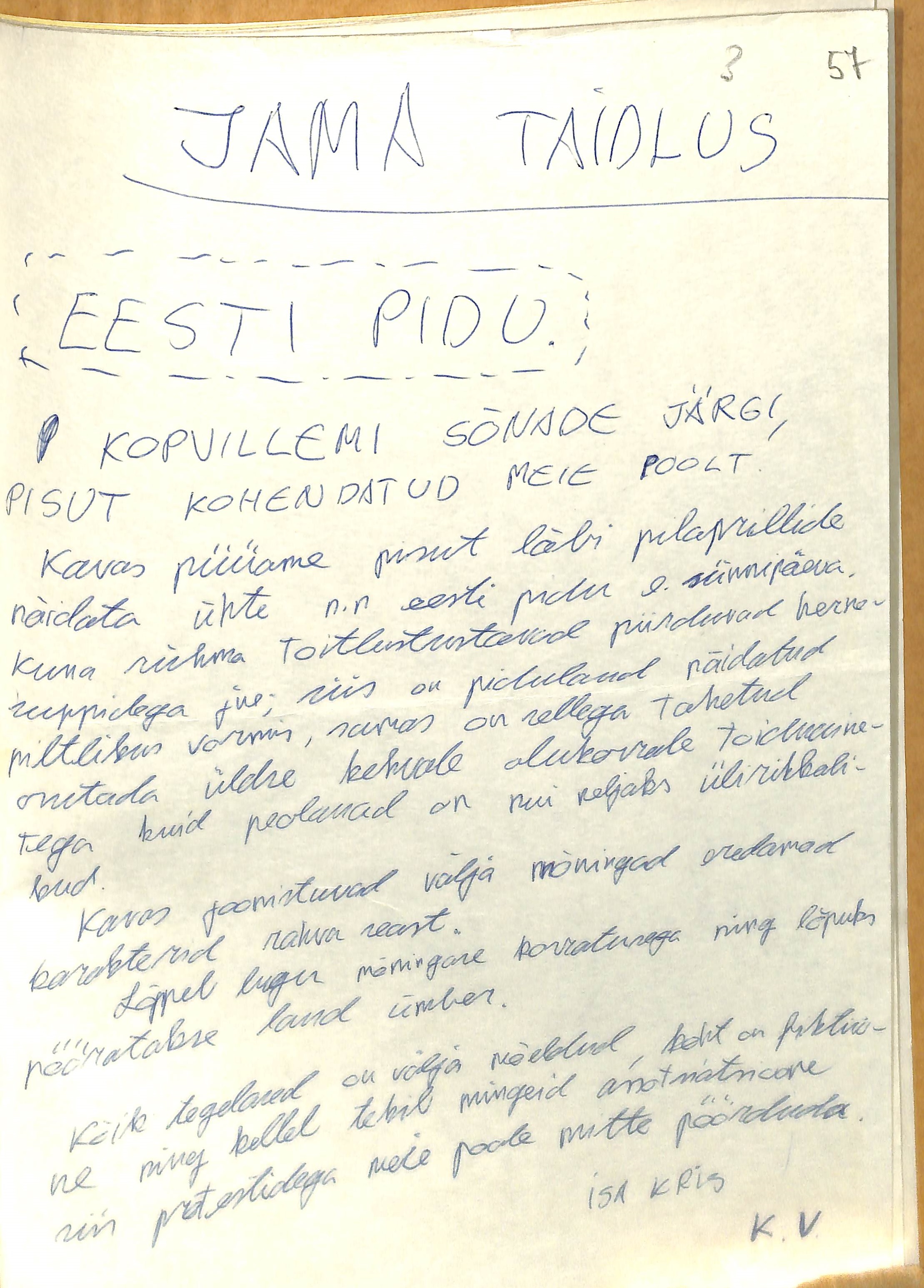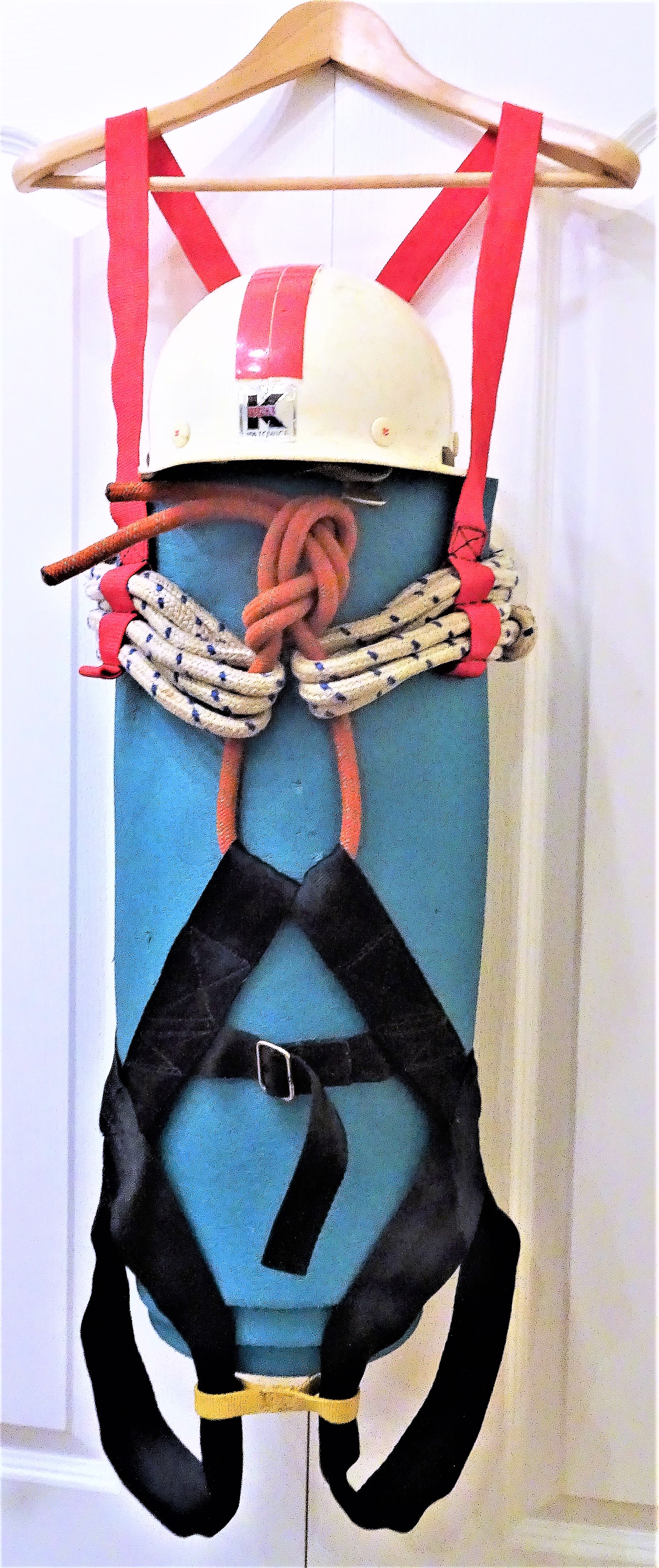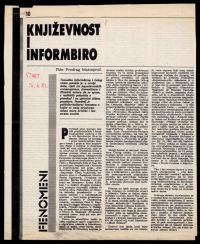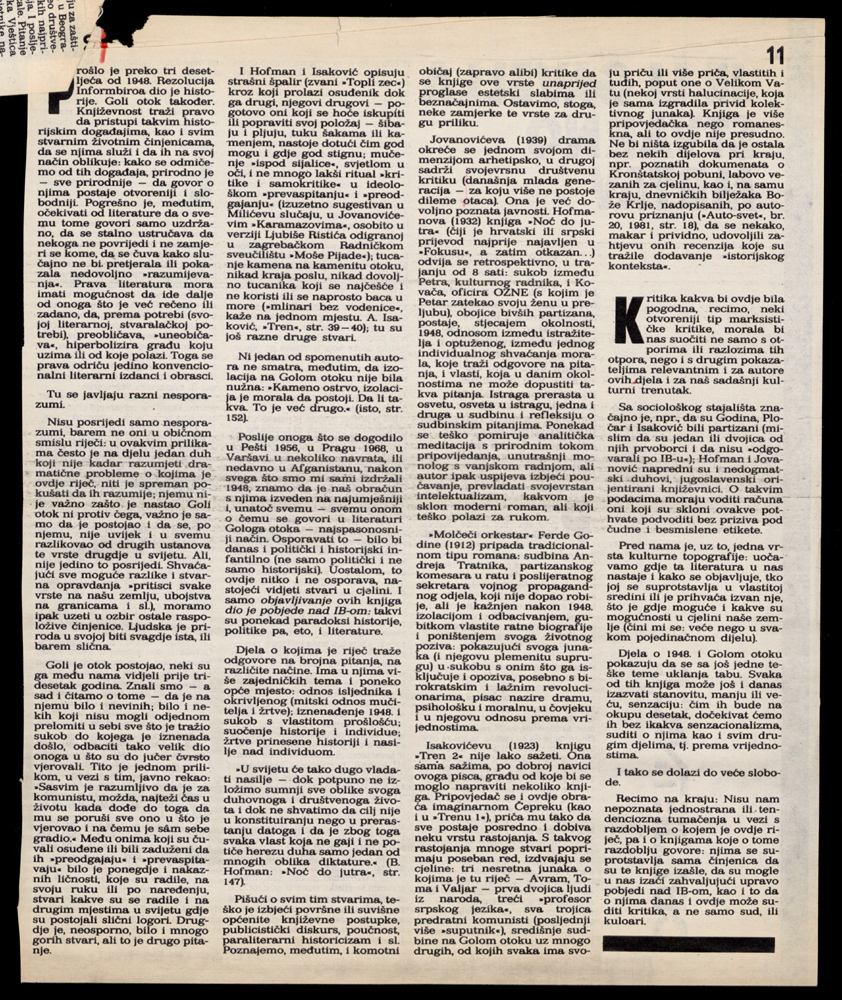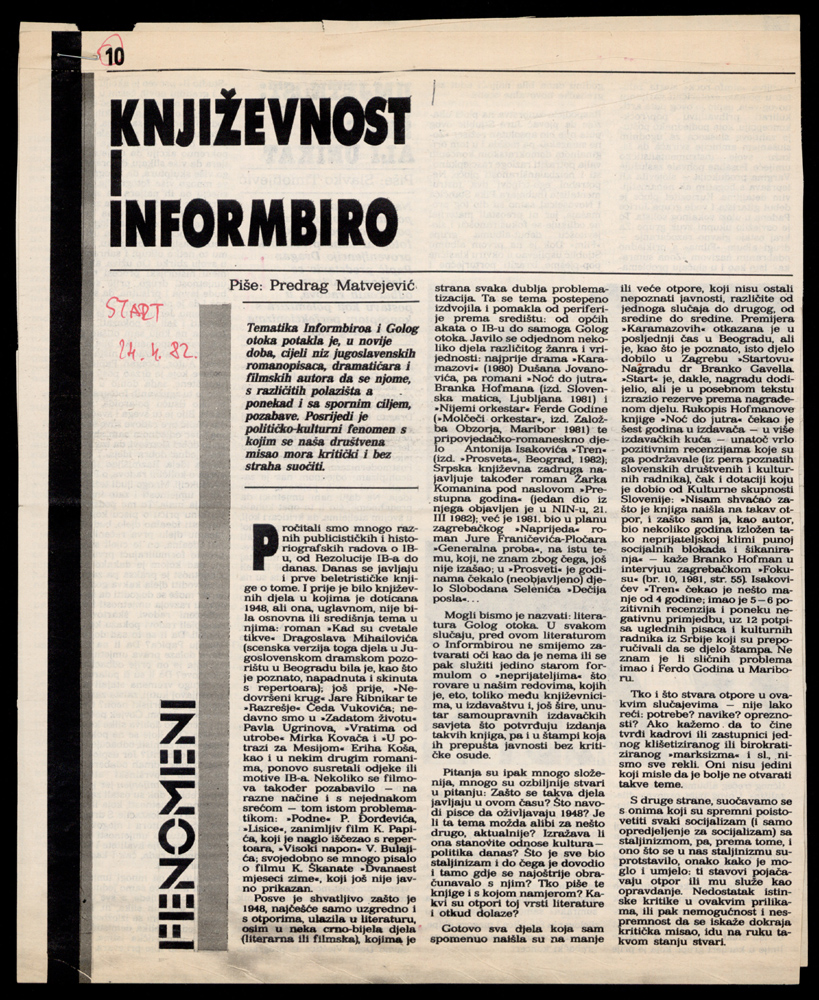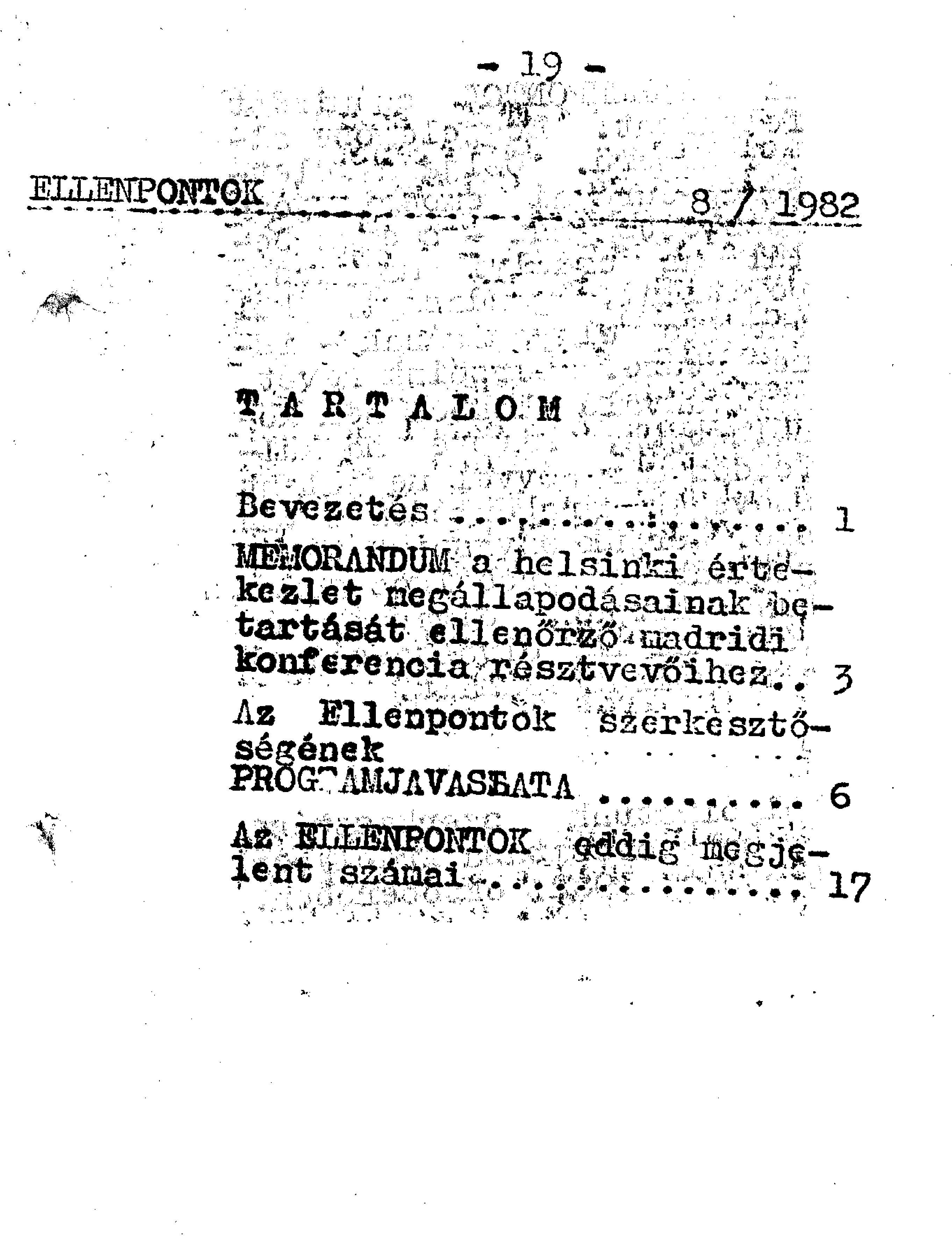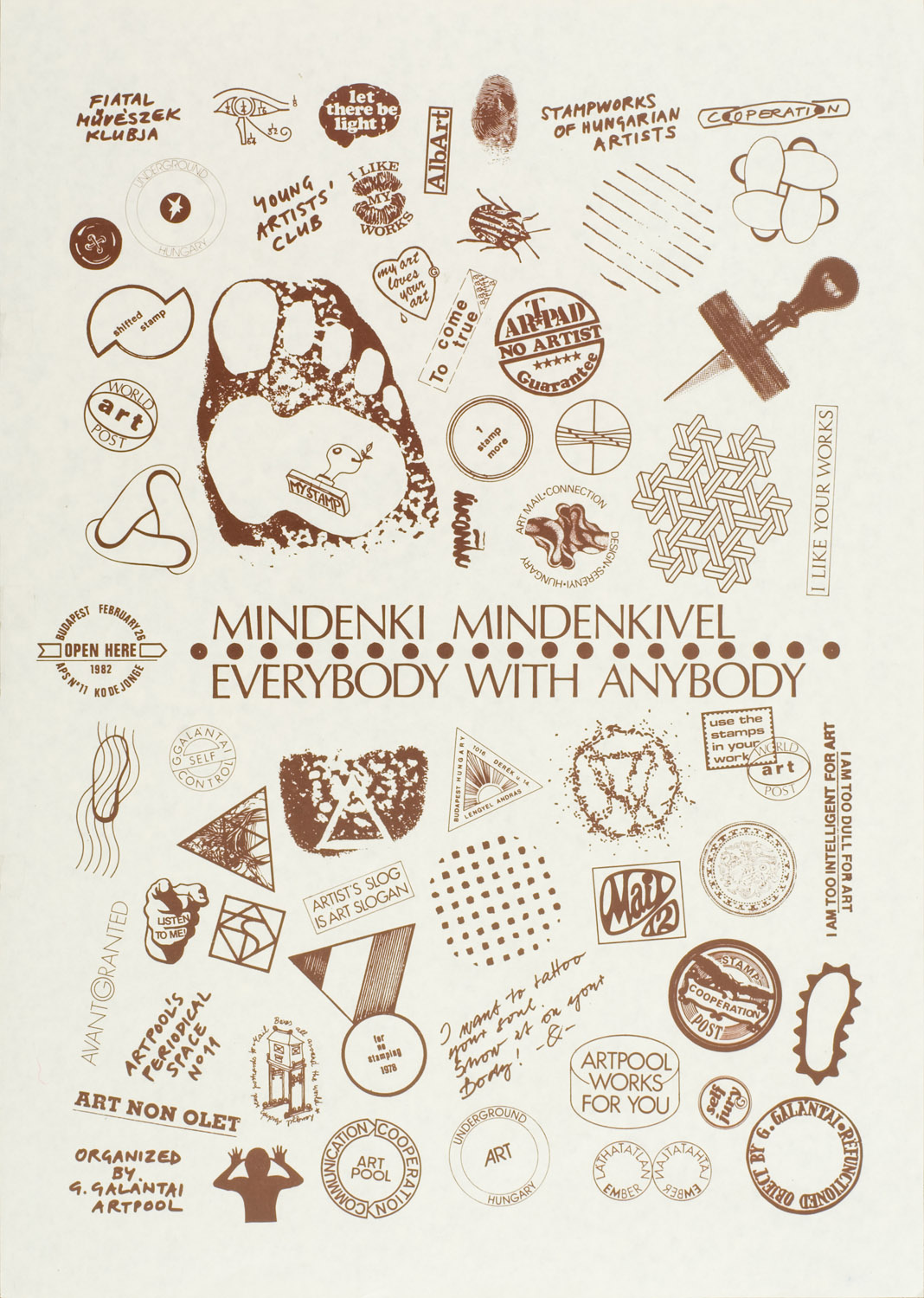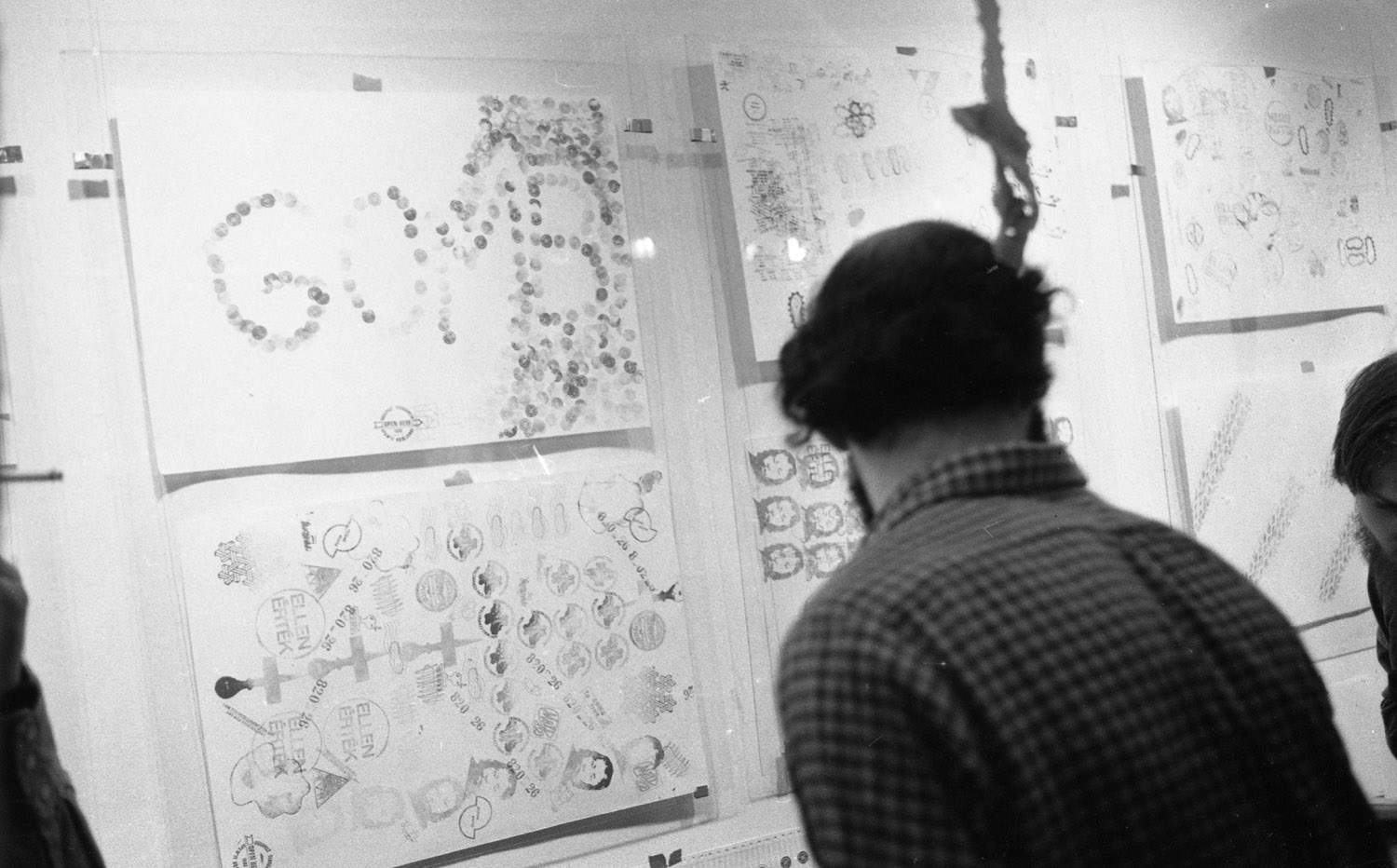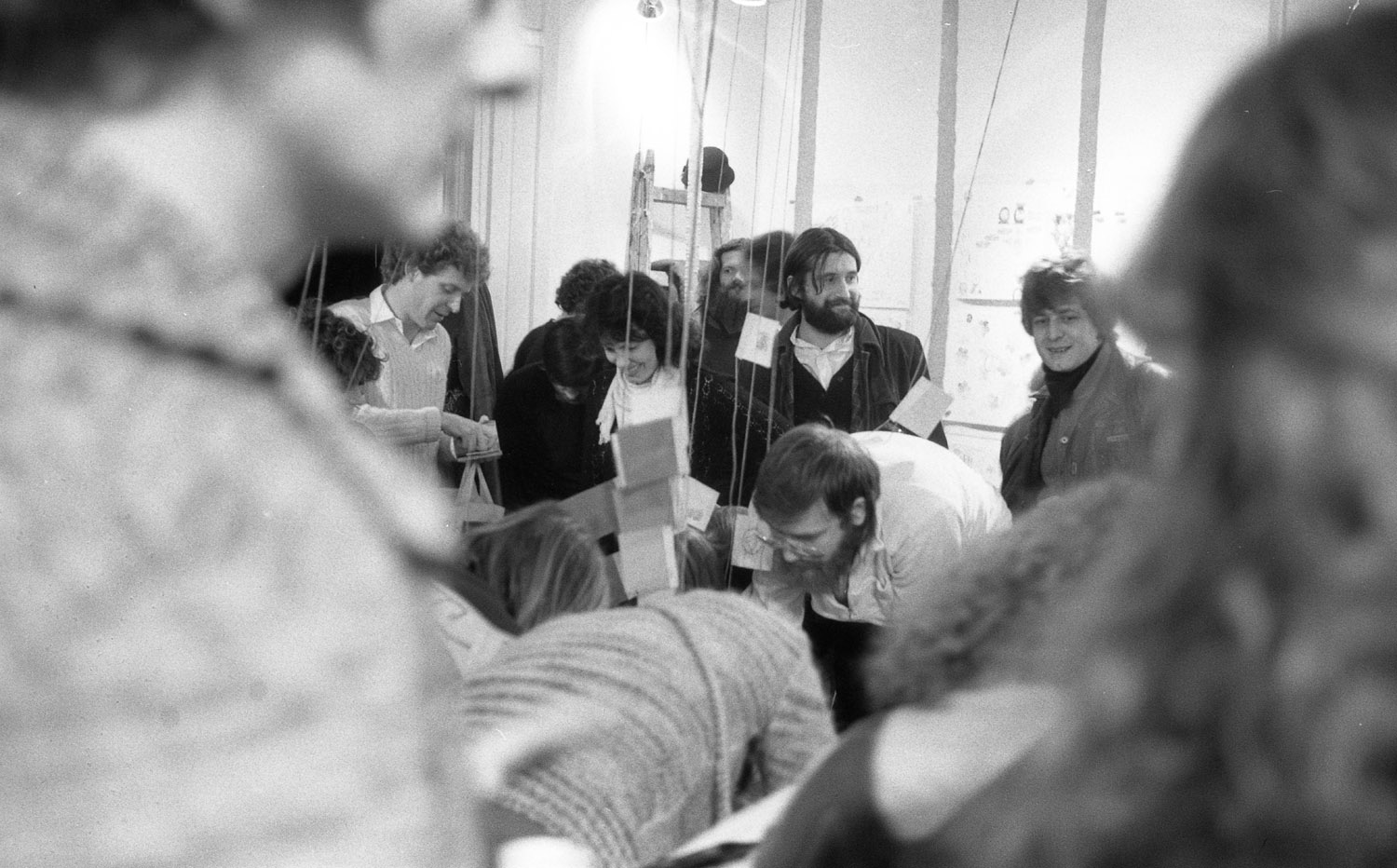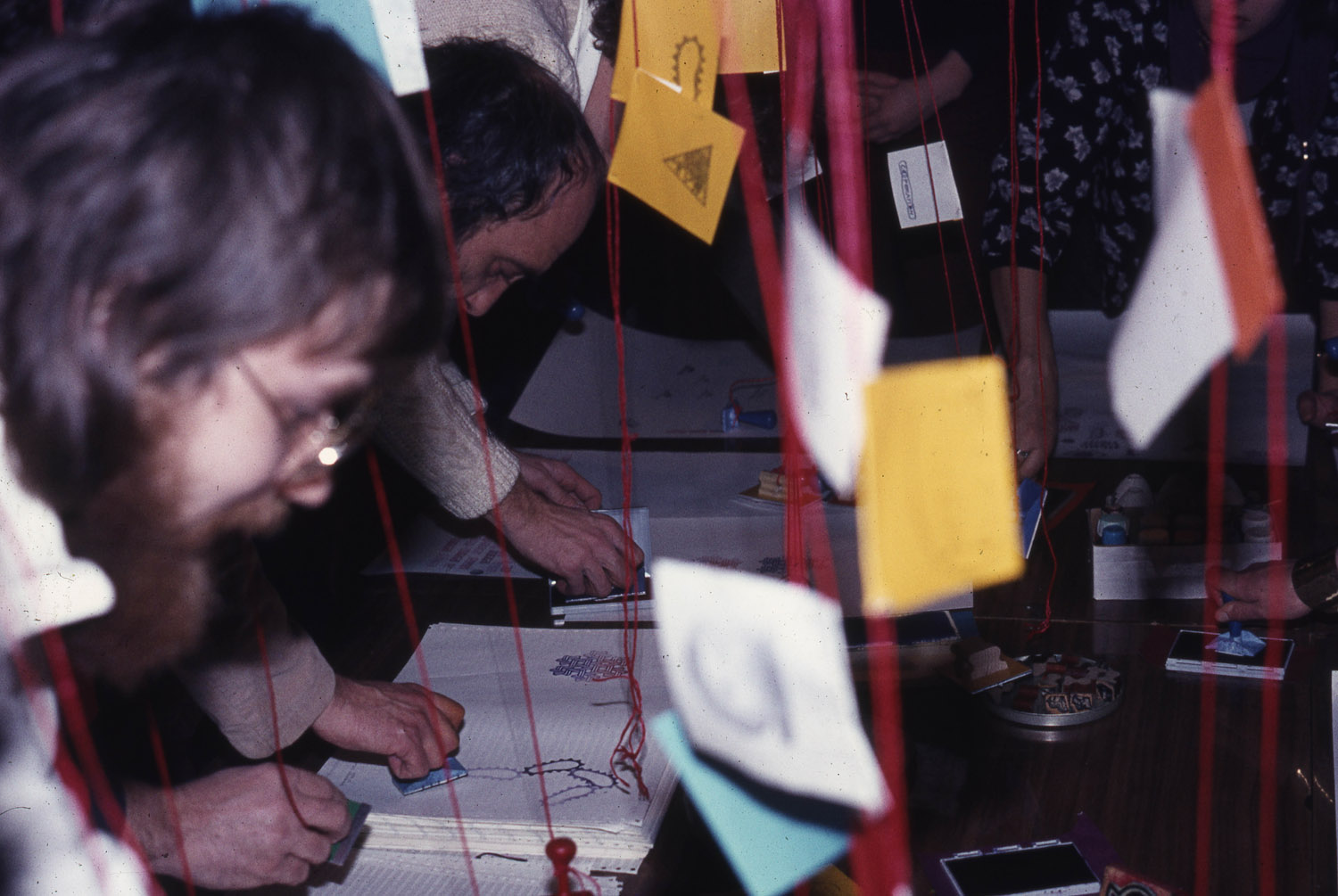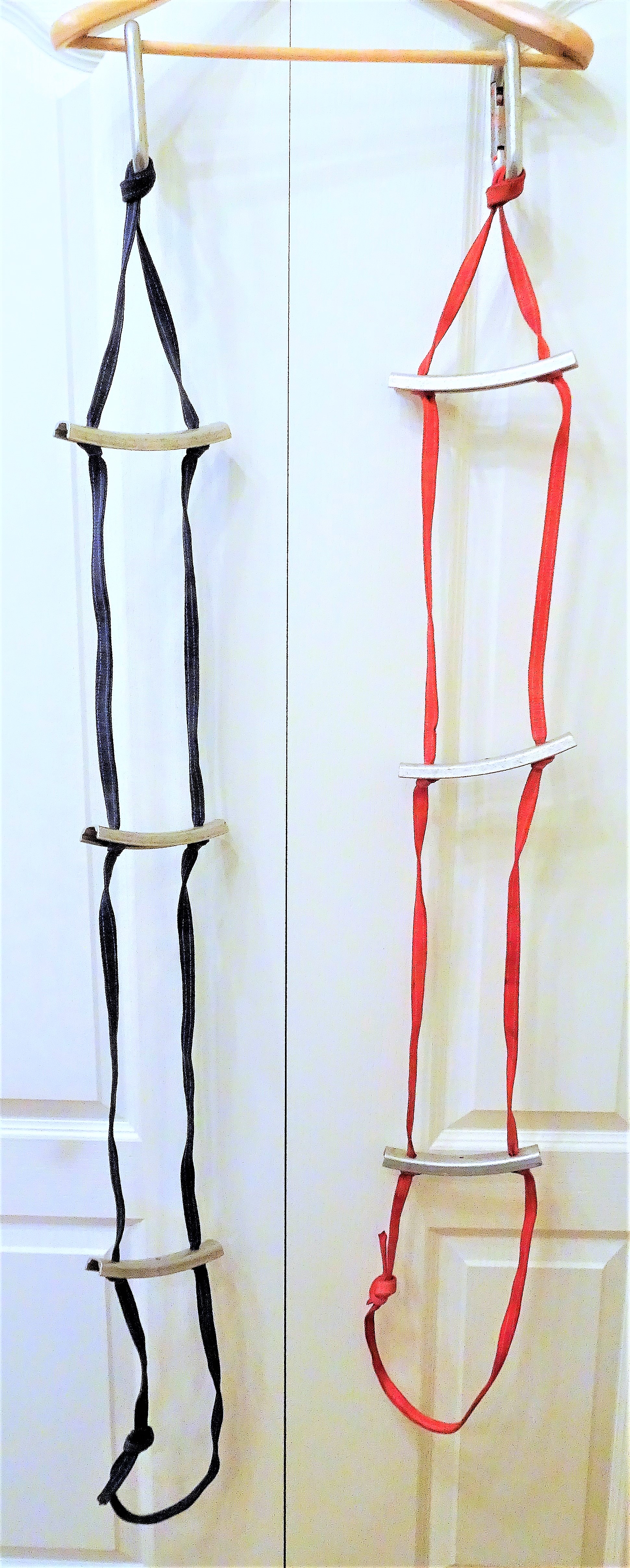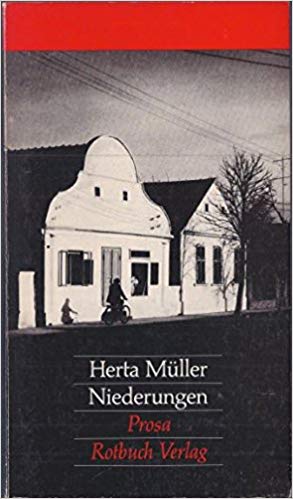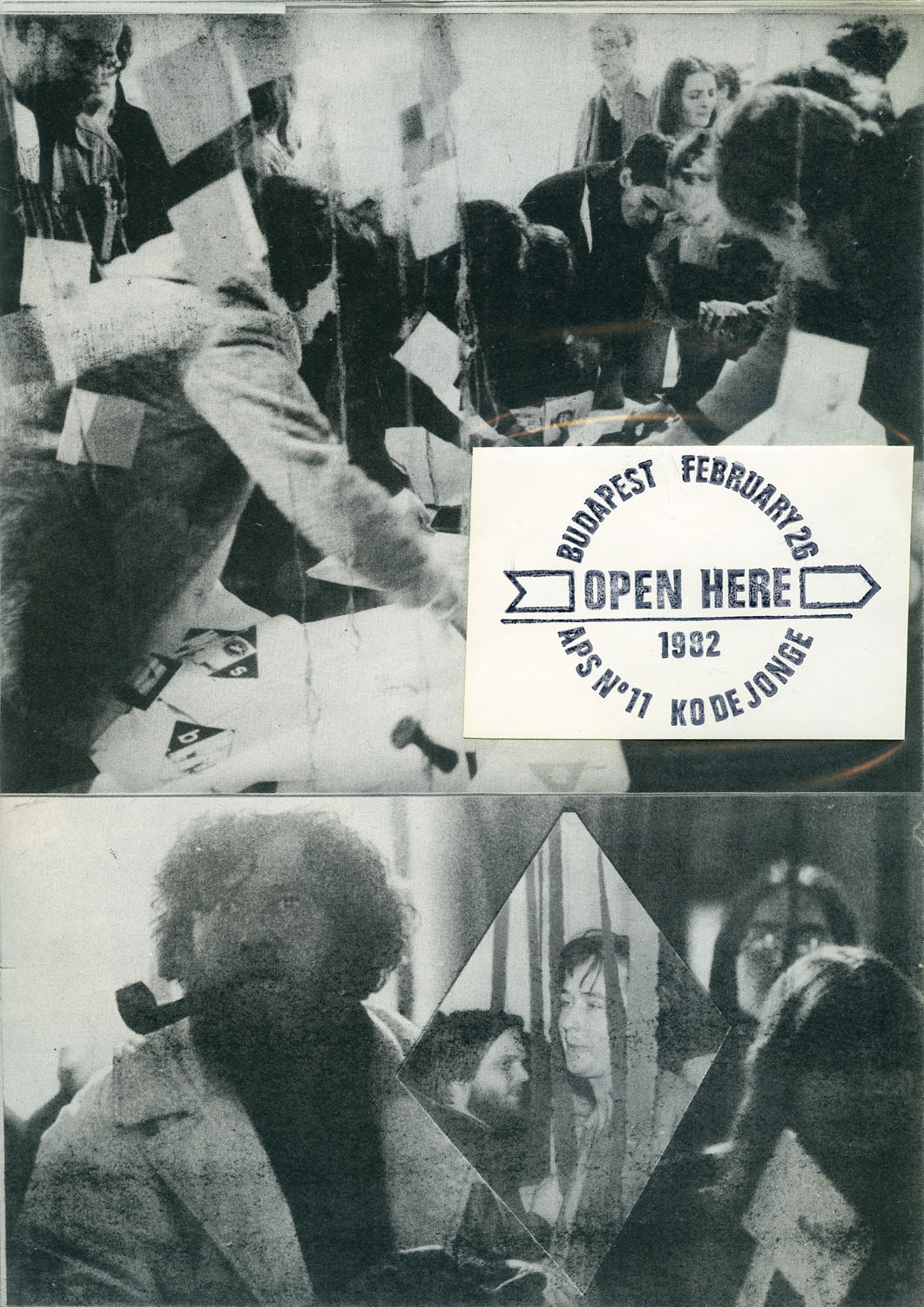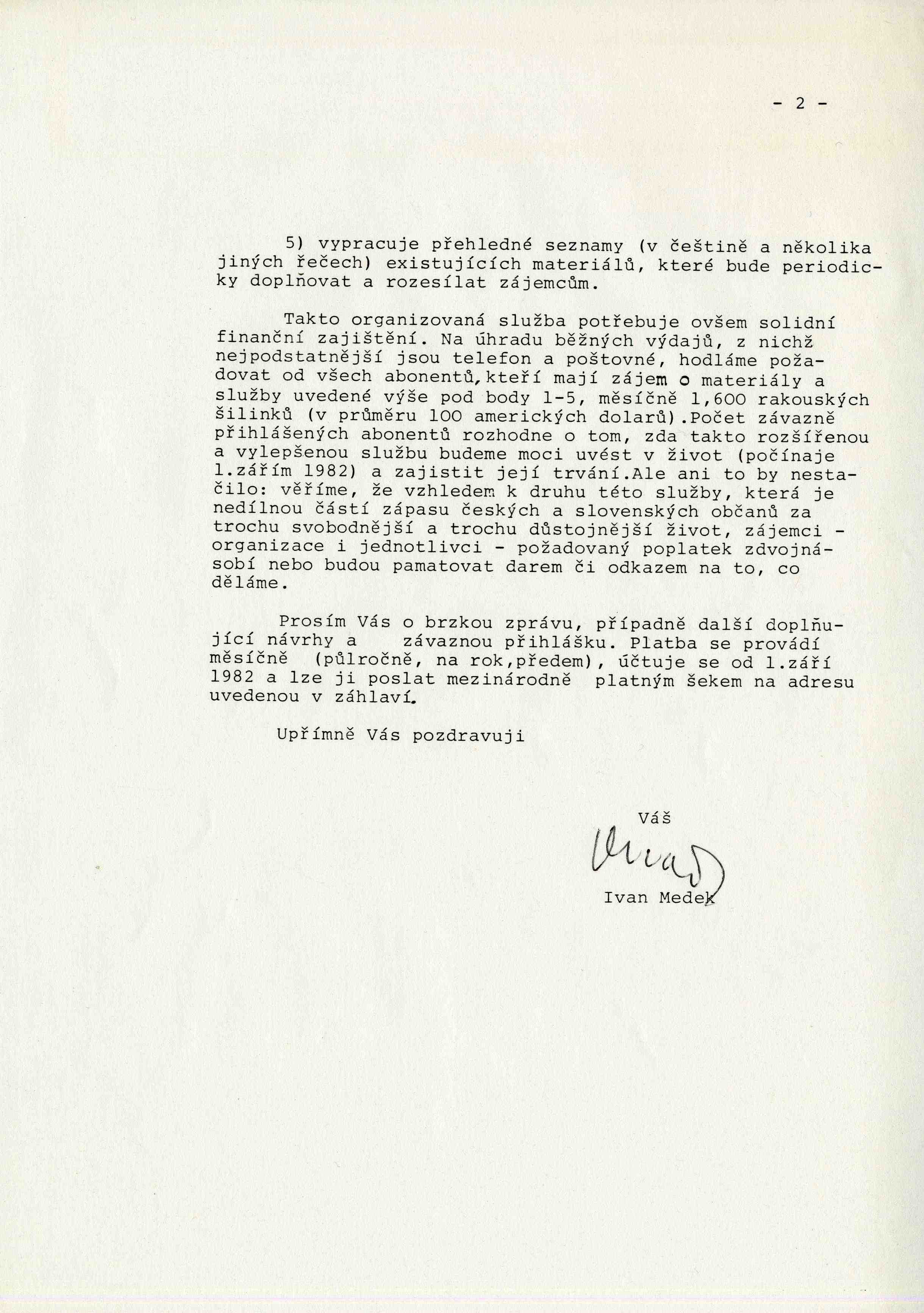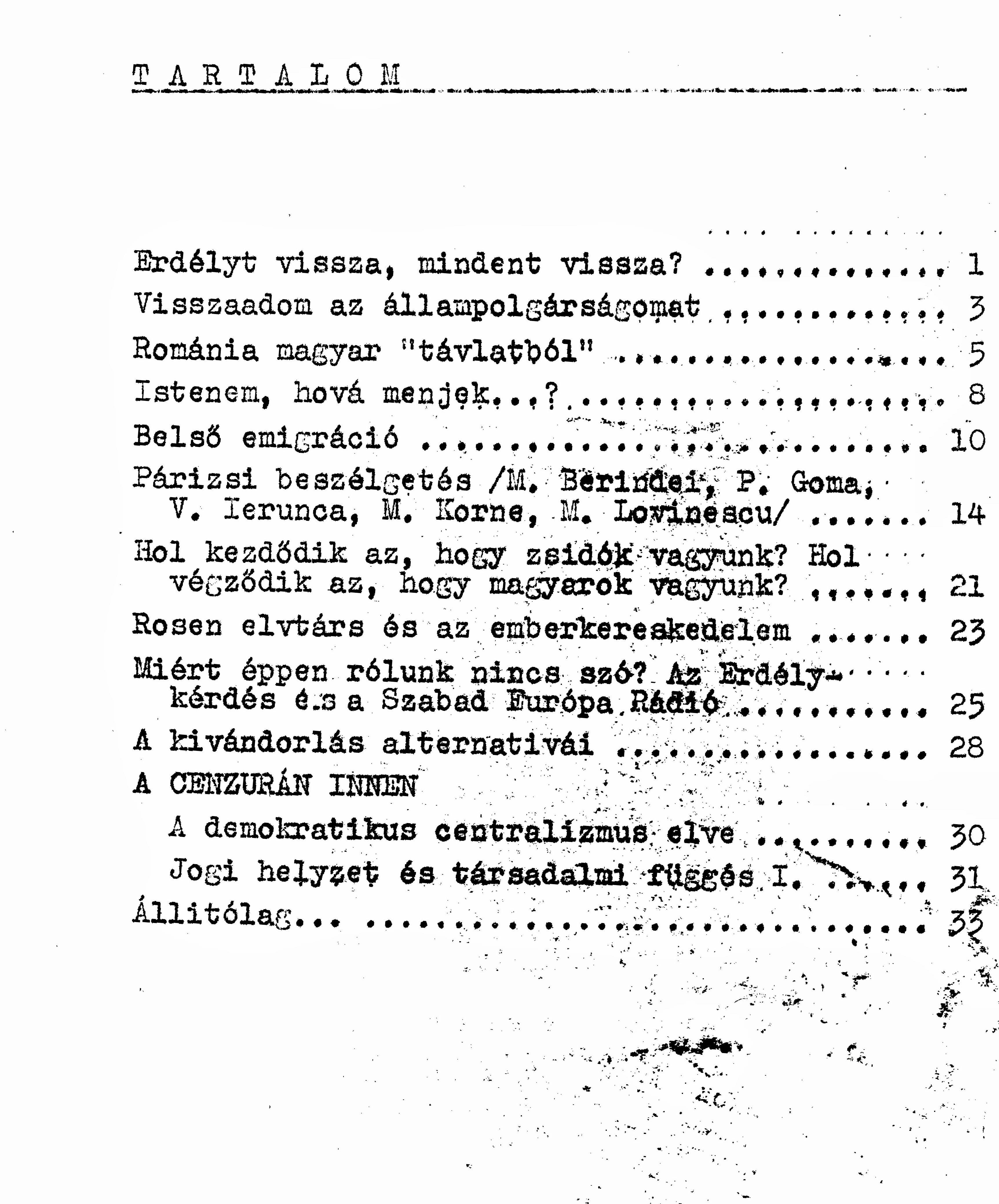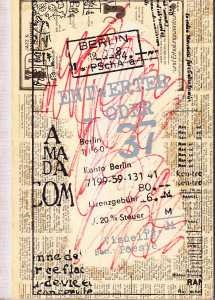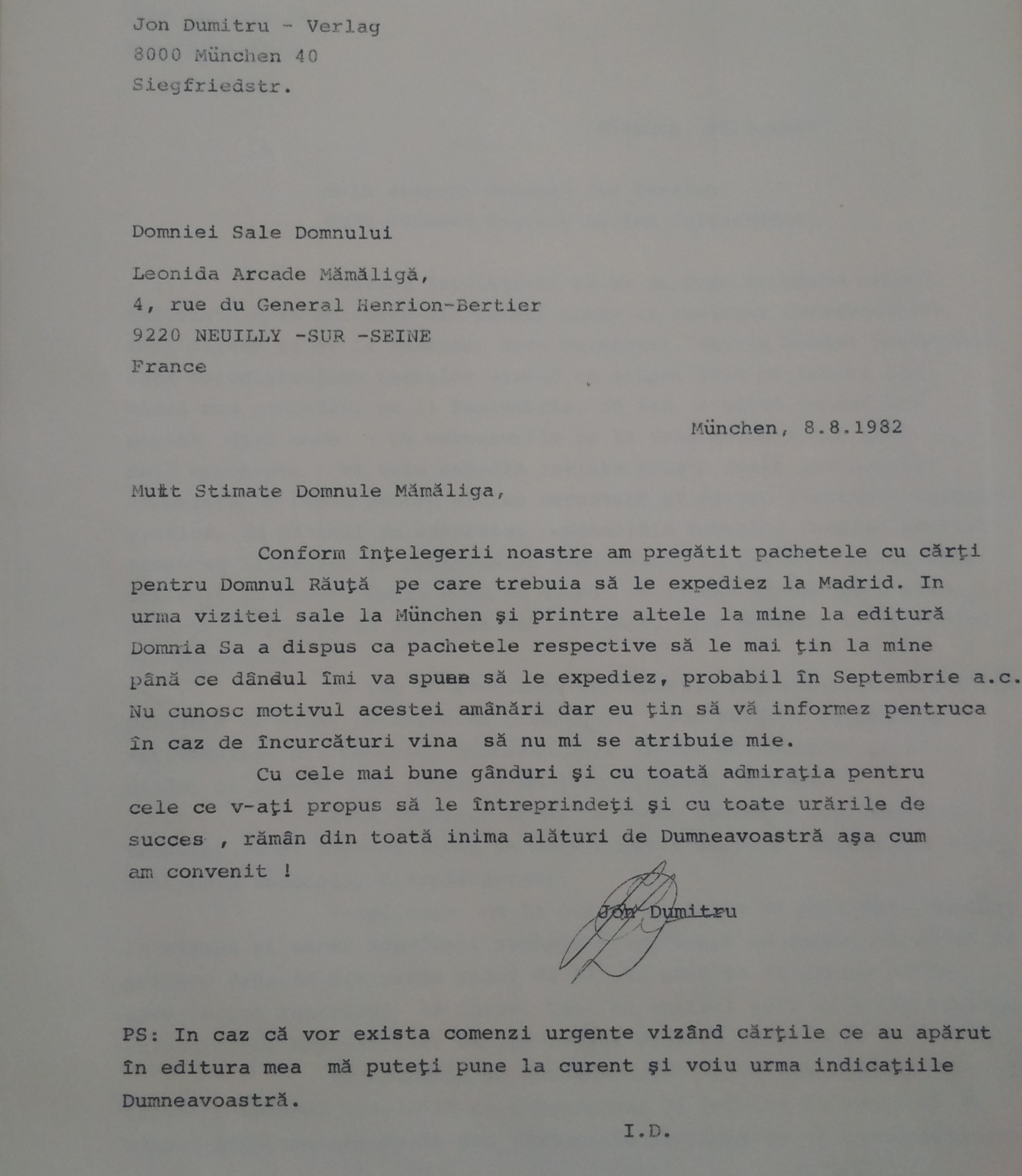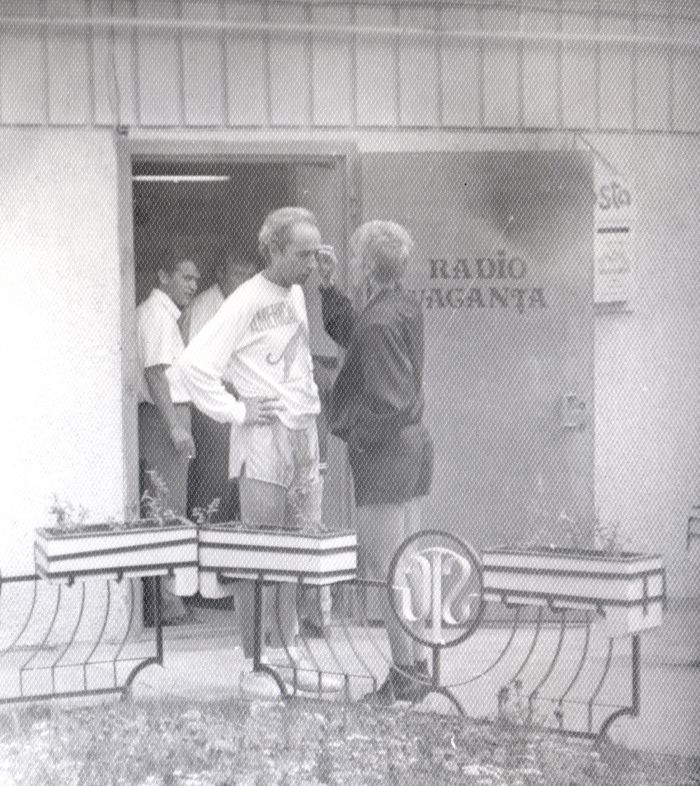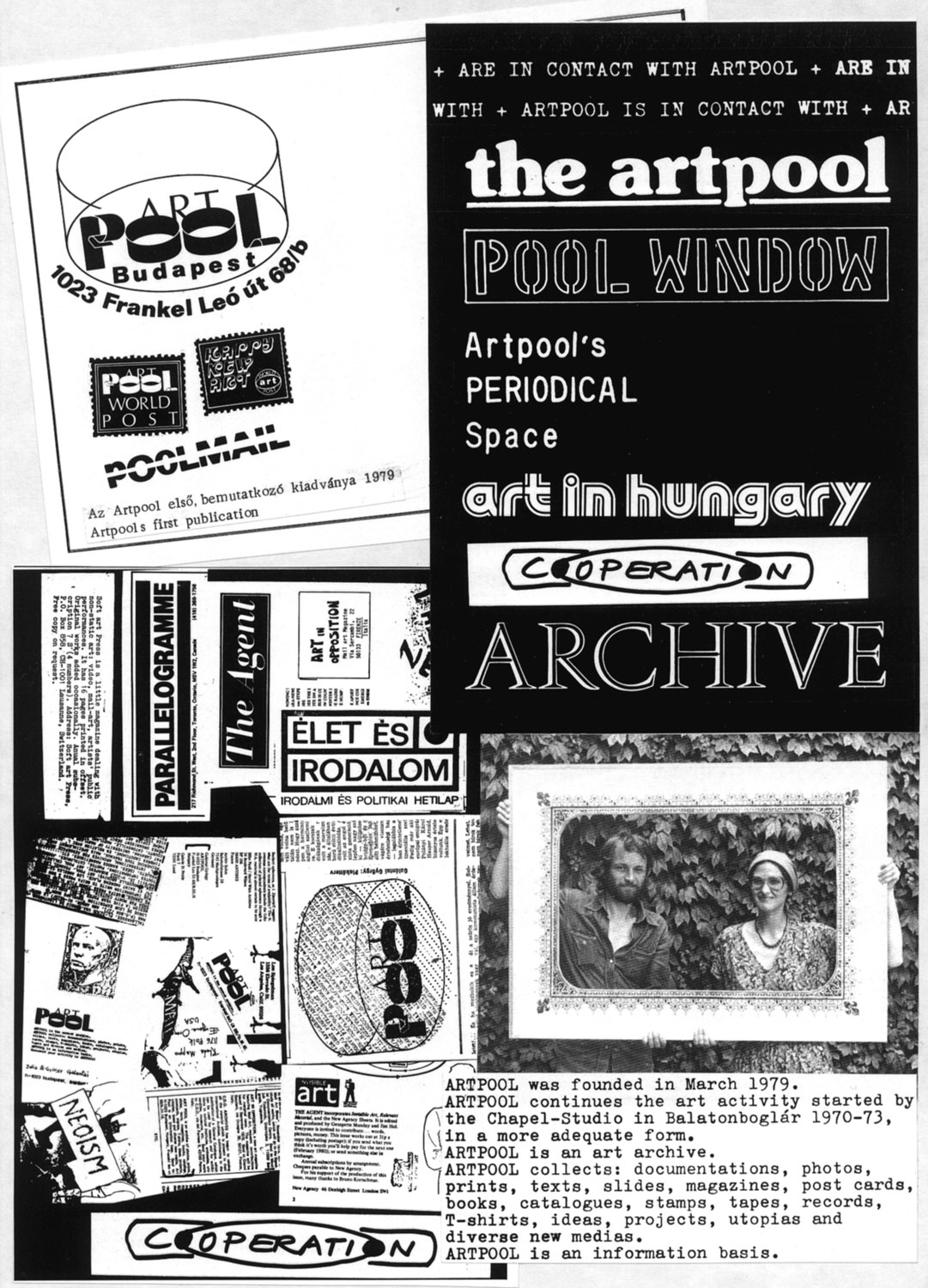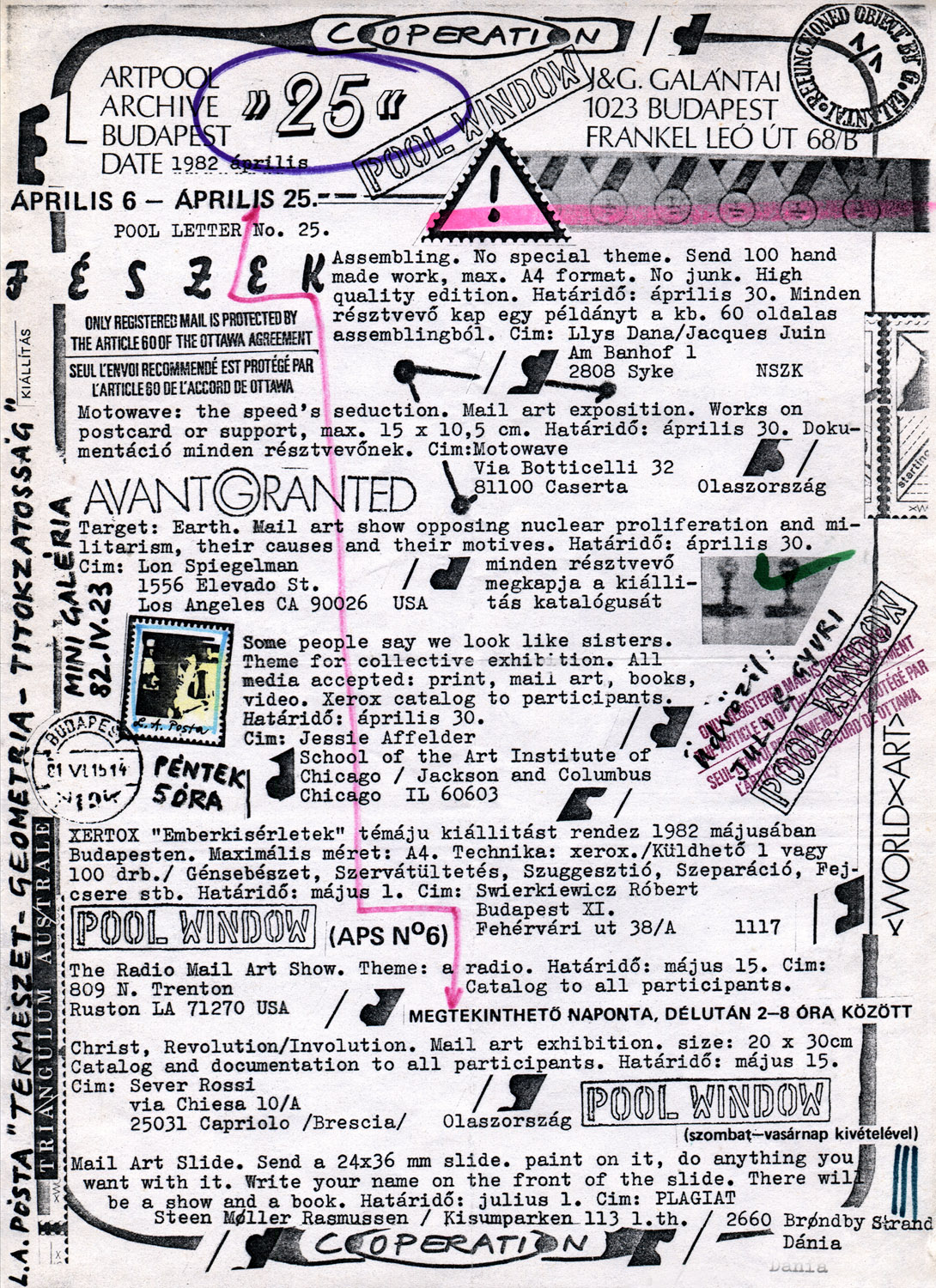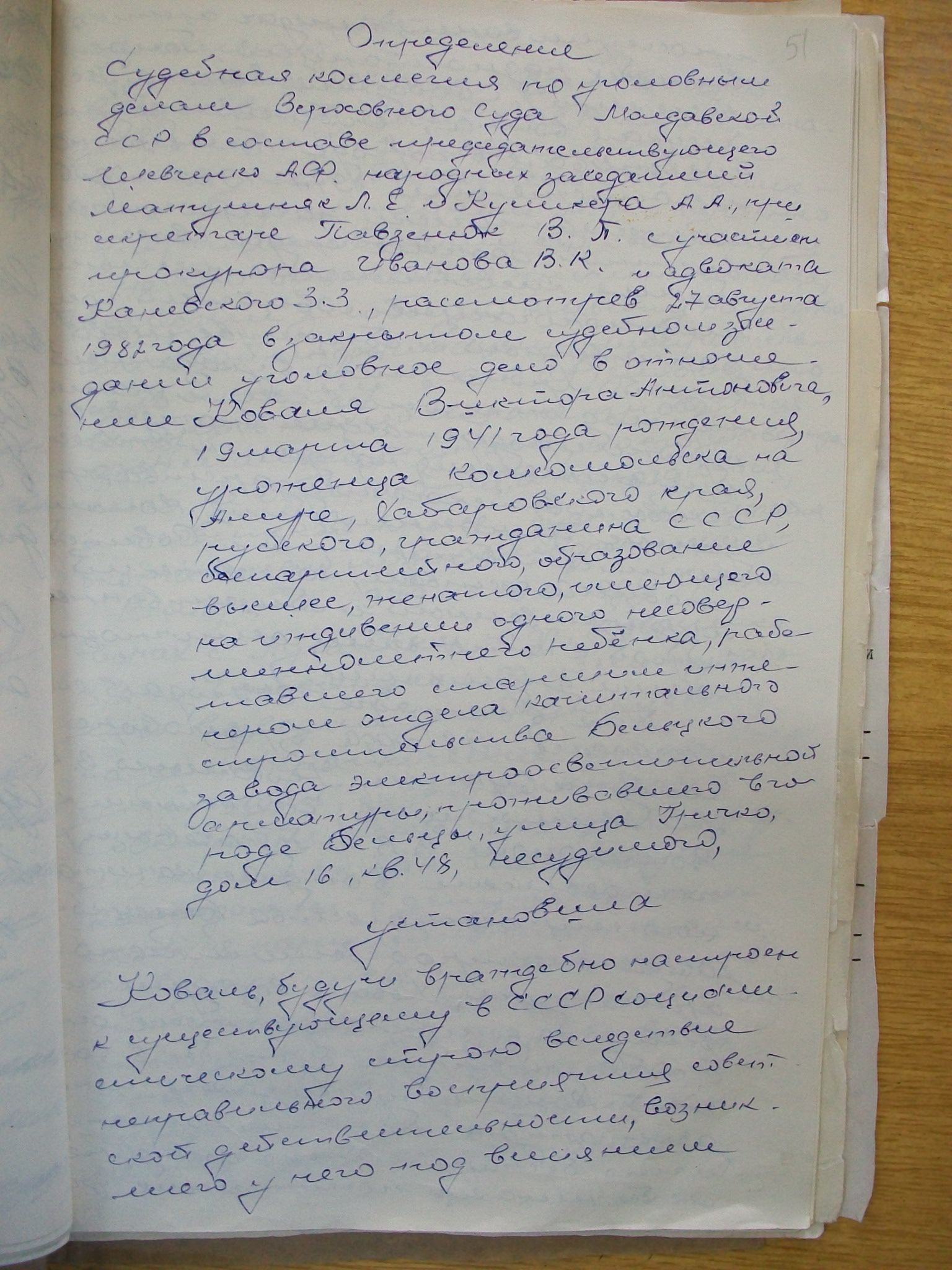

 Decizia specială (opredelenie) a Judecătoriei Supreme a RSS Moldovenești privind cazul lui Viktor Koval. August 1982 (în rusă)
Decizia specială (opredelenie) a Judecătoriei Supreme a RSS Moldovenești privind cazul lui Viktor Koval. August 1982 (în rusă)
Following Viktor Koval’s trial, on 27 August 1982 the Penal Section of the Supreme Court of the Moldavian SSR issued a special decision (opredelenie) regarding his case. In effect, this document represented a surrogate of the official sentence. Similarly to the usual pattern of such documents, the court emphasised the defendant’s “hostile attitude” towards Soviet power. In Koval’s case this deviant behaviour was purportedly due to his “false perception of Soviet reality,” which was induced by his “listening to the broadcasts of the anti-Soviet radio stations Voice of America, Radio Free Europe, Deutsche Welle, BBC etc.” The document further summarised the defendant’s main anti-regime activities, which he undertook during 1977–1982. These included his criticism of “Soviet democracy,” his refusal to take part in the elections to the Supreme Soviet, his condemnation of the lies and distortions propagated by the Soviet press, his critical attitude toward Soviet foreign policy, in general, and the Soviet invasion of Afghanistan, in particular, and, most importantly, his open support for the Solidarity movement in Poland. The comparison between the Soviet political system and the political structure of Western countries was a constant theme in Koval’s conversations with his colleagues, which was allegedly proven by numerous witness accounts invoked in the document. Koval was also clearly aware that the Soviet state did not guarantee the basic civil rights of its citizens. This constituted another recurrent topic which emerged during the investigation. The authorities were particularly alarmed by Koval’s general critique of the Soviet system as a whole. The material evidence uncovered during searches of Koval’s apartment also contributed to the court’s ruling that the defendant had “committed a socially dangerous act” that fell under the provisions of article 203, part 1, of the Penal Code of the Moldavian SSR (“spreading calumnies and lies aimed at discrediting the Soviet state and social order”). However, based on the conclusions of the psychiatric assessment, the court found that Koval exhibited signs of a mental illness and personality disorder. It therefore declared him mentally unfit and thus exempt from criminal responsibility. He was thus sent to a special psychiatric facility in Dnepropetrovsk (Ukraine) for “forced medical treatment.” Most of Koval’s papers and documents confiscated by the KGB were temporarily kept as a part of his file, while the rest were returned to his wife. This case is one of the most blatant examples of the application of punitive psychology in the MSSR during the late Soviet period. Koval’s political opposition to the regime, although it never transcended the individual level, was perceived as serious enough to warrant harsh repressive measures camouflaged under the “humane” rhetoric of a medical case.


“Interrogation” is one of the most renowed films directed in Poland after World War II. It is a bold, politically engaged settlement with the Stalinist period in contemporary Polish history. The story is about a young actress (character played by Krystyna Janda) who is arrested by the Security Service and held captive in prison in order to force her to testify about her colleagues. “Interrogation” shows the methods used by Stalinist repression apparatus in order to break ordinary citizens, as well as prisoners’ efforts to preserve dignity and humanity.
The pre-release committee took place in April 1982, in the midst of Martial Law in Poland. As one can see from the committee’s meeting protocols, film critics and representatives of authorities deplored Bugajski’s oeuvre as hateful, false, antisocialist propaganda without any value. By the central decision, the copy of “Interrogation” was sealed and put on the archive’s shelf (this way “Interrogation” became one of the most famous “półkowniki” – the films laying on shelves, without possibility to be shown publicly). Bugajski managed to preserve one copy of his film, which was later screened privately within opposition circles of the "second circuit" (“drugi obieg”). The official premiere of “Interrogation” took place on 13th December 1981 – eight years after introduction of the Martial Law and eight years after the film had been produced. The film was Bugajski’s debut – repressions put on him by authorities, forced him to emigrate from Poland in 1985.
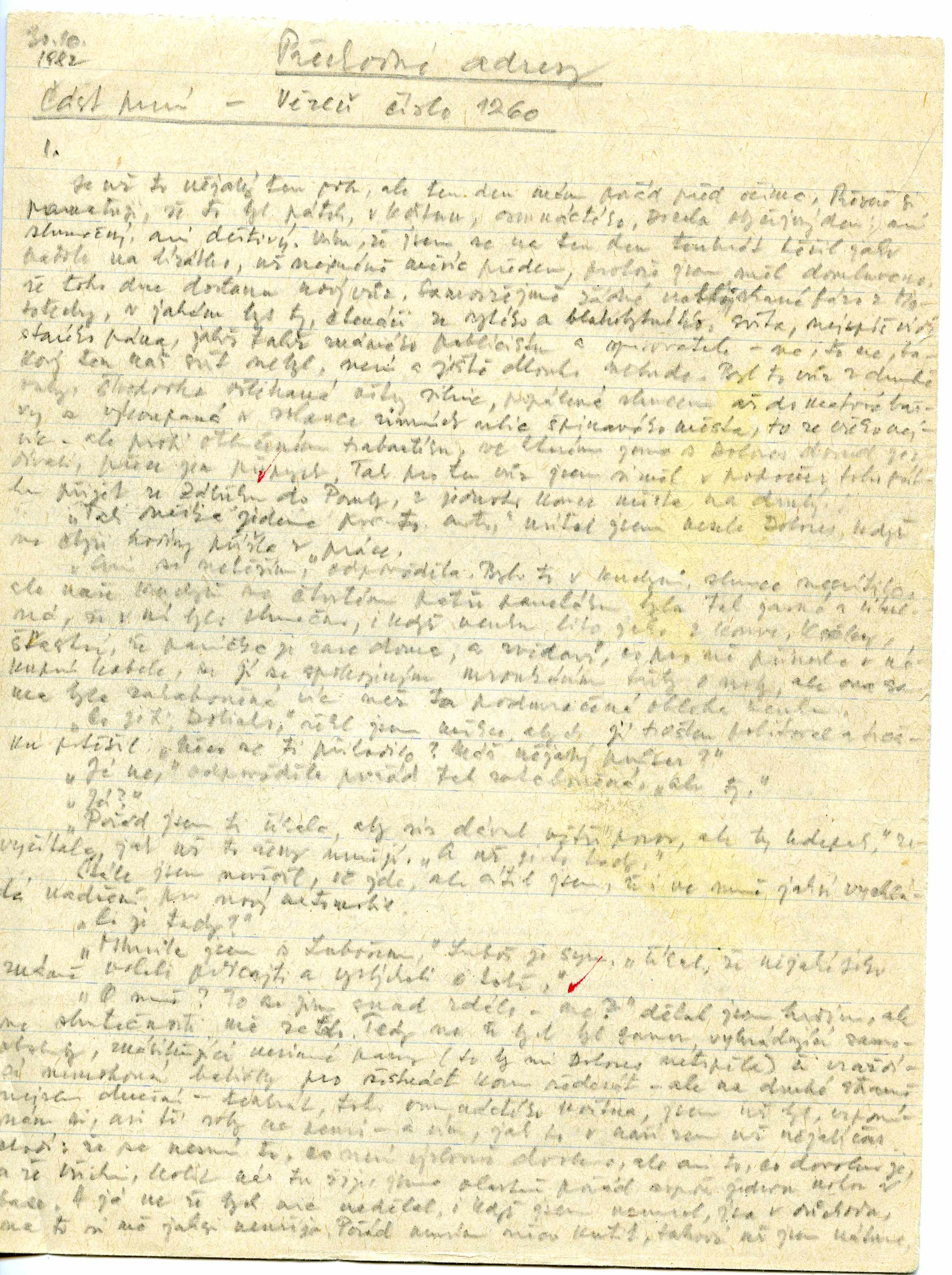

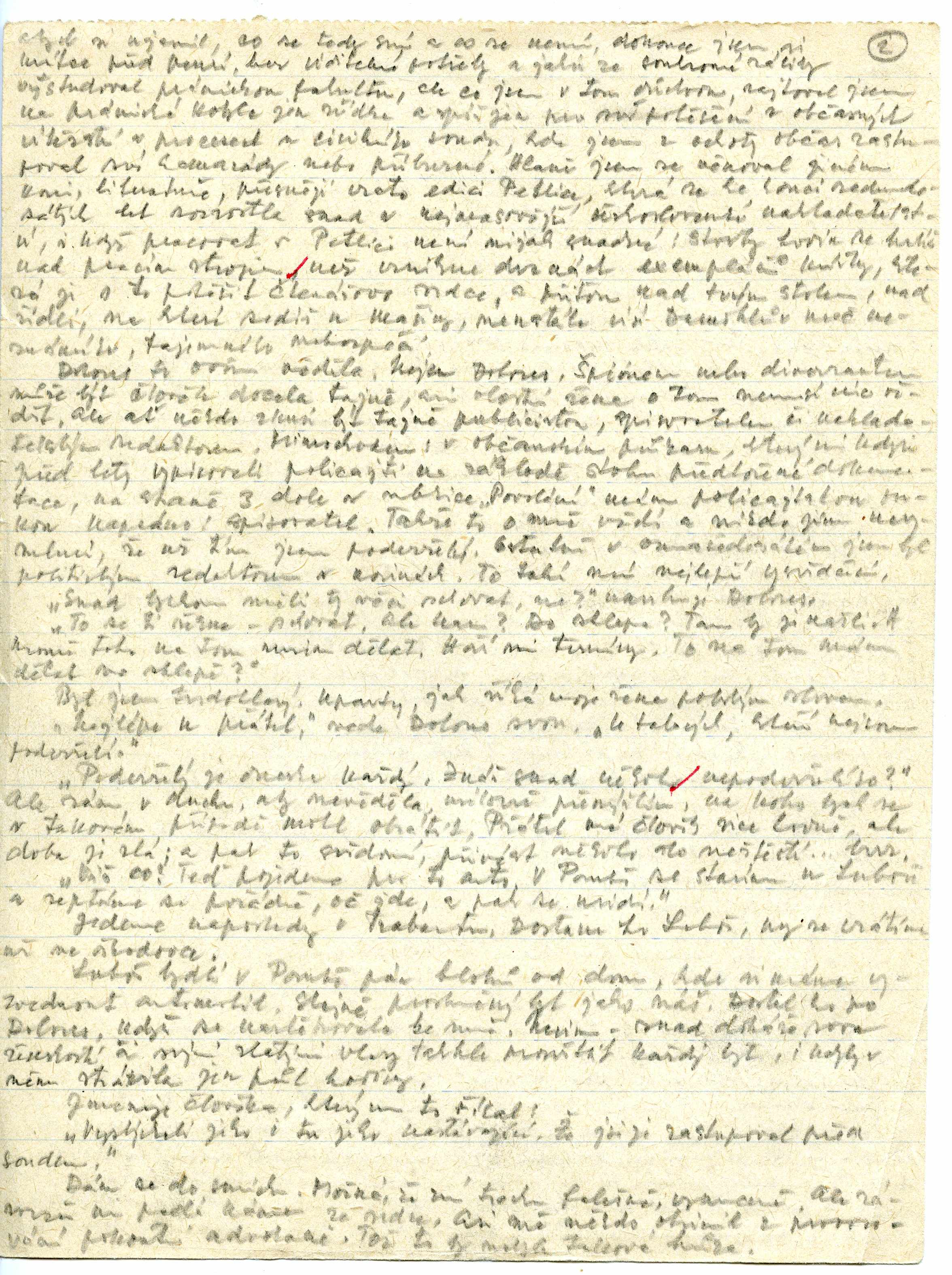
Jaromír Šavrda, a writer, poet, journalist and dissident from Ostrava, was, because of his samizdat activities, twice held in the custodial prison in Ostrava and later imprisoned in Ostrov nad Ohří, first from September 1978 until March 1981 and then from September 1982 until October 1984. During his second stay in prison, Šavrda wrote two books reflecting his experiences as a political prisoner; they depict his personal experiences from police persecution and describe the lives of people that Šavrda met in prison. The first of the books was “Vězeň č. 1260” (The Prisoner No. 1260), written between September and November 1982 and published as samizdat, followed by “Ostrov v souostroví” (The Island in the Archipelago), written by Šavrda between November 1982 and January 1983. After his return from prison, this two texts were published in 1987 as an omnibus called “Přechodné adresy” (The Temporary Addresses), at first in samizdat edition Popelnice and then in edition Expedice. “Přechodné adresy” was first officially published in the 1990s (Ostrava: WMCG 1991, 1993). Both texts were also published separately with original titles in 2009 (Prague: Pulchra, 2009). “Přechodné adresy” (2009) is also a name of a documentary film about Jaromír Šavrda directed by Petra Všelichová.
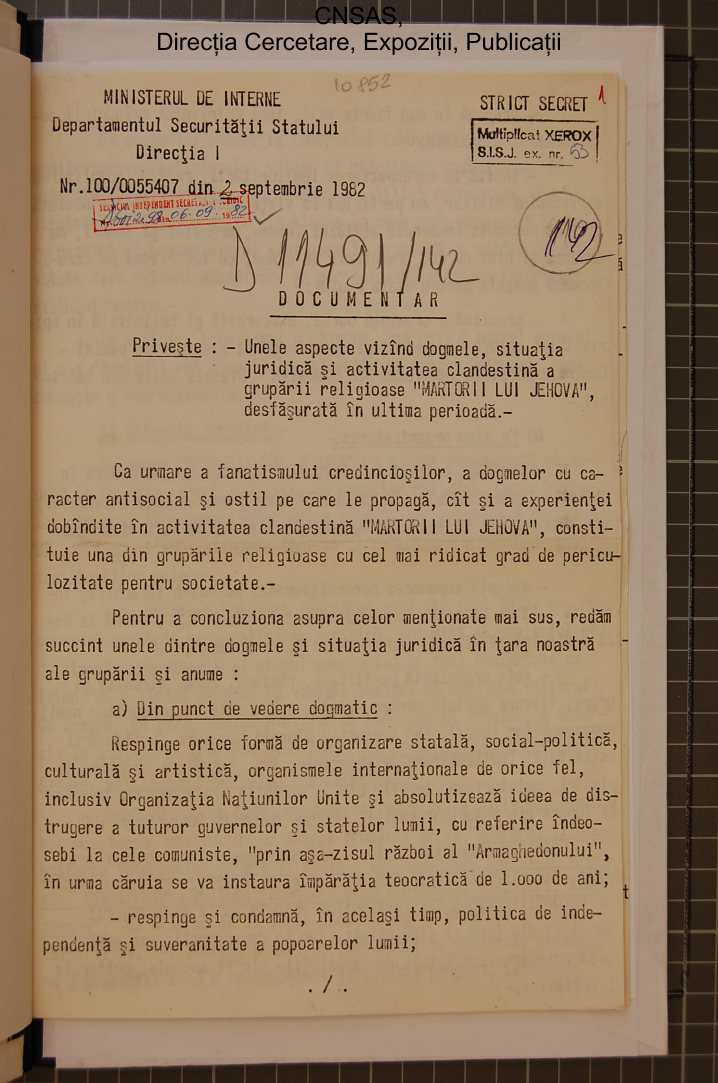

 The legal situation and the clandestine activities of the Jehovah’s Witnesses religious group, in Romanian, 1982. Report
The legal situation and the clandestine activities of the Jehovah’s Witnesses religious group, in Romanian, 1982. Report
The report on “the legal situation and the clandestine activities of the religious group entitled Jehovah’s Witnesses” was drafted by the First Directorate of the Securitate (in charge of gathering information within the country). This report synthesised the evolution of the religious community of the Jehovah’s Witnesses in Romania, their legal status during the past and at the time of its issuance, and the policies of the Securitate regarding this religious denomination.
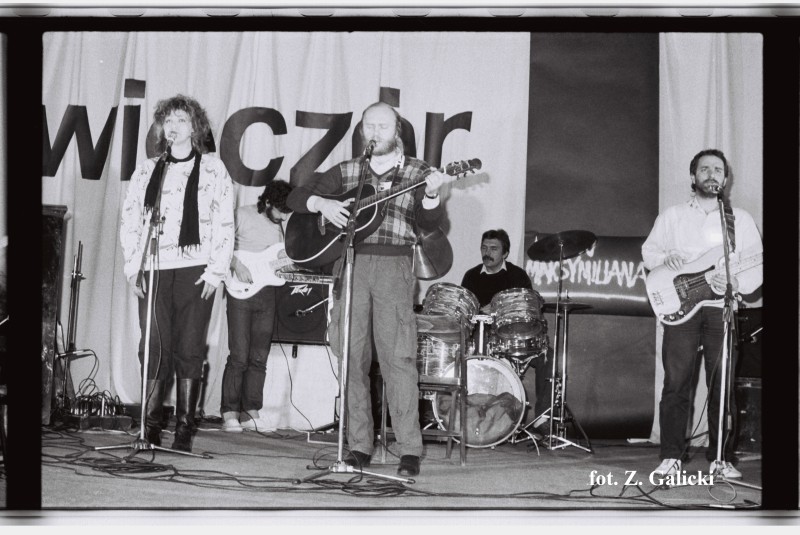

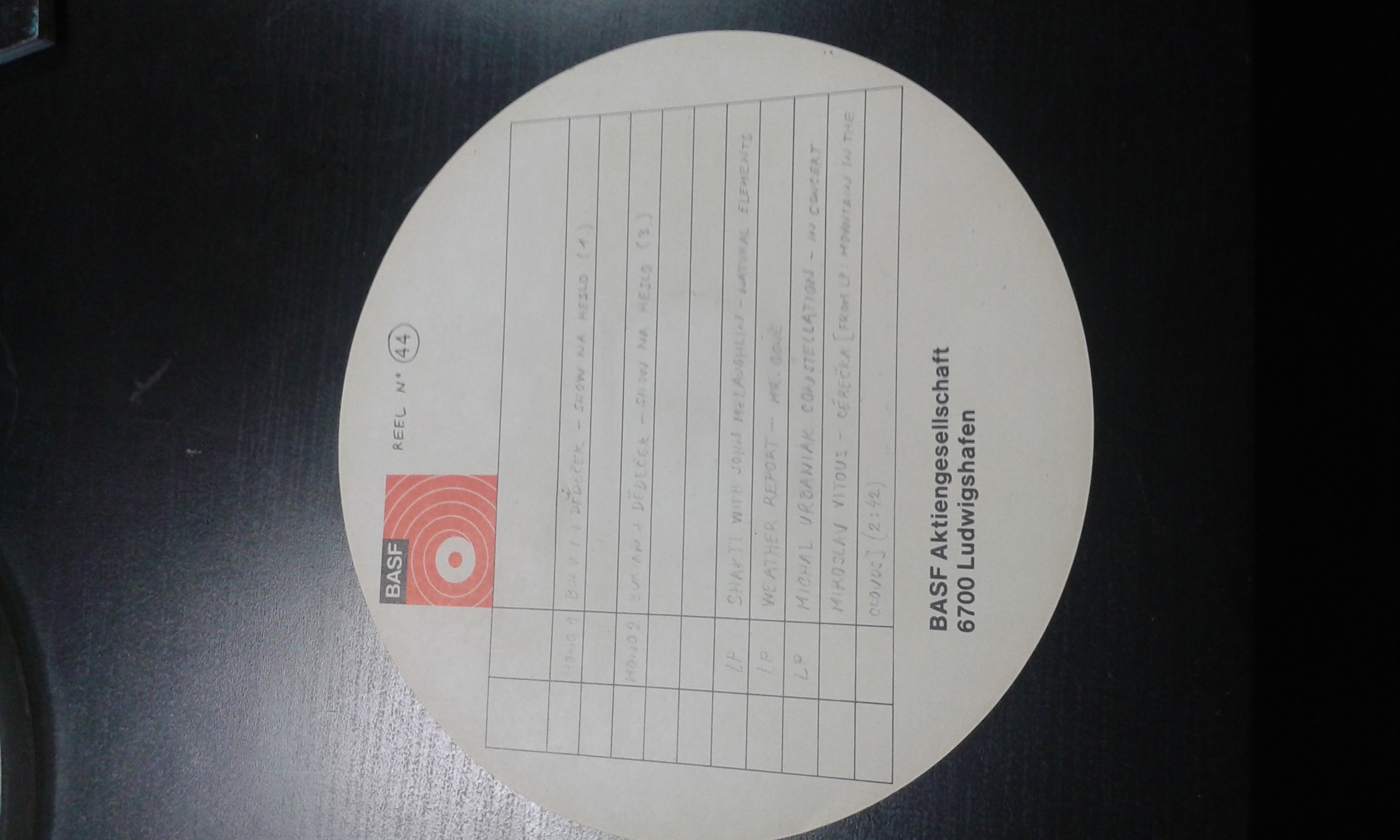

Show na heslo [Show with a Password] a satirical program of Jiří Dědeček and Jan Burian, which they presented at the Mladá Garda student´s dormitory in Bratislava (Slovakia) in 1982. The author of the unique recording is Michal Šufliarsky.Music (voice) recordings: material: tape
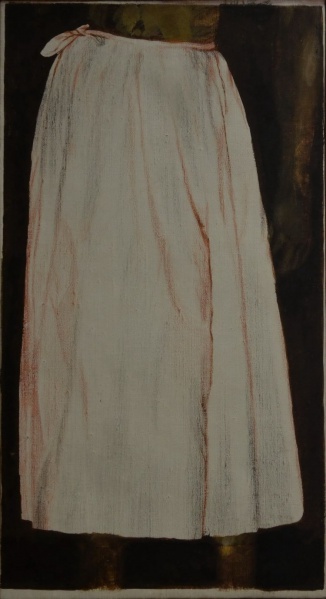

Skirt, in Sorin Costina’s private collection, is a painting in oil on canvas. It is unsigned and undated, but is one of the well-known works of the artist Ion Grigorescu, at present the most well-known Romanian artist internationally. The painting is 32 cm in width and 58 cm in height. It was acquired on 20 April 1982 at an exhibition in Căminul Artei (Home of Art), the Union of Visual Artists gallery in Bucharest, at a price of 1,000 lei. At the time of its acquisition it was unframed. Its present frame was made from a rod of oak, at the suggestion of another contemporary artist of considerable fame in Romania, Paul Gherasim. It was brought to the collectors home by Ion Grigorescu himself, who stopped for a time in Brad in June 1982 on his way to a monastery in the region. Skirt may placed in the context of the artist’s visual experiments with the human body, a taboo theme in the communist period. It has been displayed in a number of thematic or solo exhibitions, including various Ion Grigorescu retrospectives, the most recent of which was hosted by the Museum of the Criş Land in Oradea in 2018.
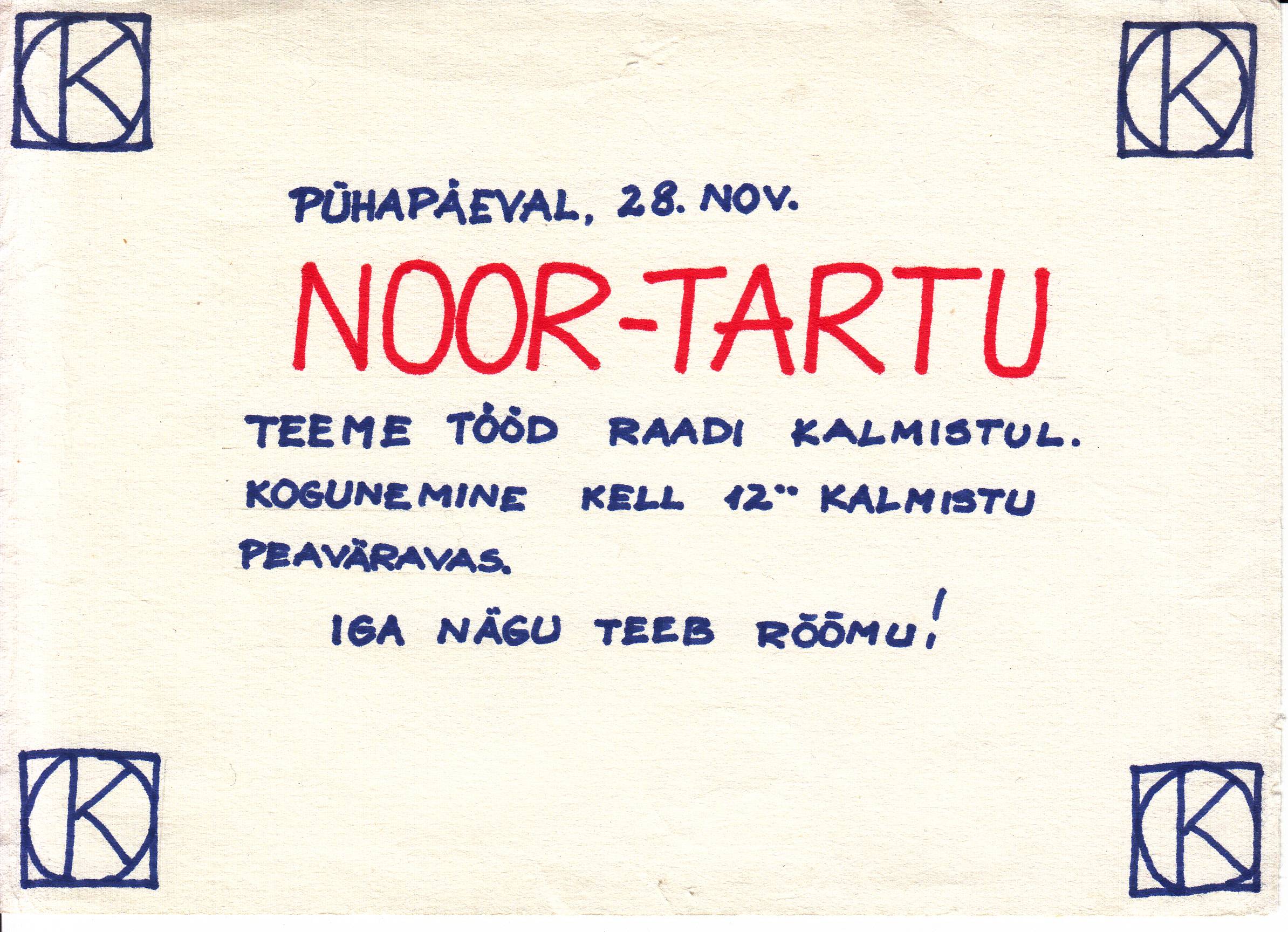

This item is a typical announcement of a regular work day of the Noor-Tartu (Young-Tartu) movement. Announcements which were usually placed in educational buildings and hostels were an information channel to recruit people for work days. Anyone who saw an announcement was free to join a work day. The Raadi cemetery, which is mentioned in the announcement, especially its one part – Old St John’s cemetery – was one of the main areas of the work of Noor-Tartu. This announcement itself was simple, and made with the means that were available. However, the announcement is still remarkable due to the big letter K in each corner of the paper. It is a hint at the former name of the movement – Kodulinn (Hometown) – , which was used until the spring of 1981. The movement only changed its name because the Tartu Komsomol organisation deliberately named its new organisation for school students Kodulinn in order to cause confusion. The date on the announcement is Sunday, 28 November, without mentioning the year. However, we can assume that the work day took place, and that the announcement was written, in 1982. At that time, the activity of Noor-Tartu was not obstructed, but in later years these announcements were removed by the authorities, in order to disrupt the work days. The announcement belongs to the core group of the former movement. Like the entire collection, this item has not attracted wider attention, which is also the intention of the current operator of the collection. It is possible that it will be used for research after the collection is given to an institution.
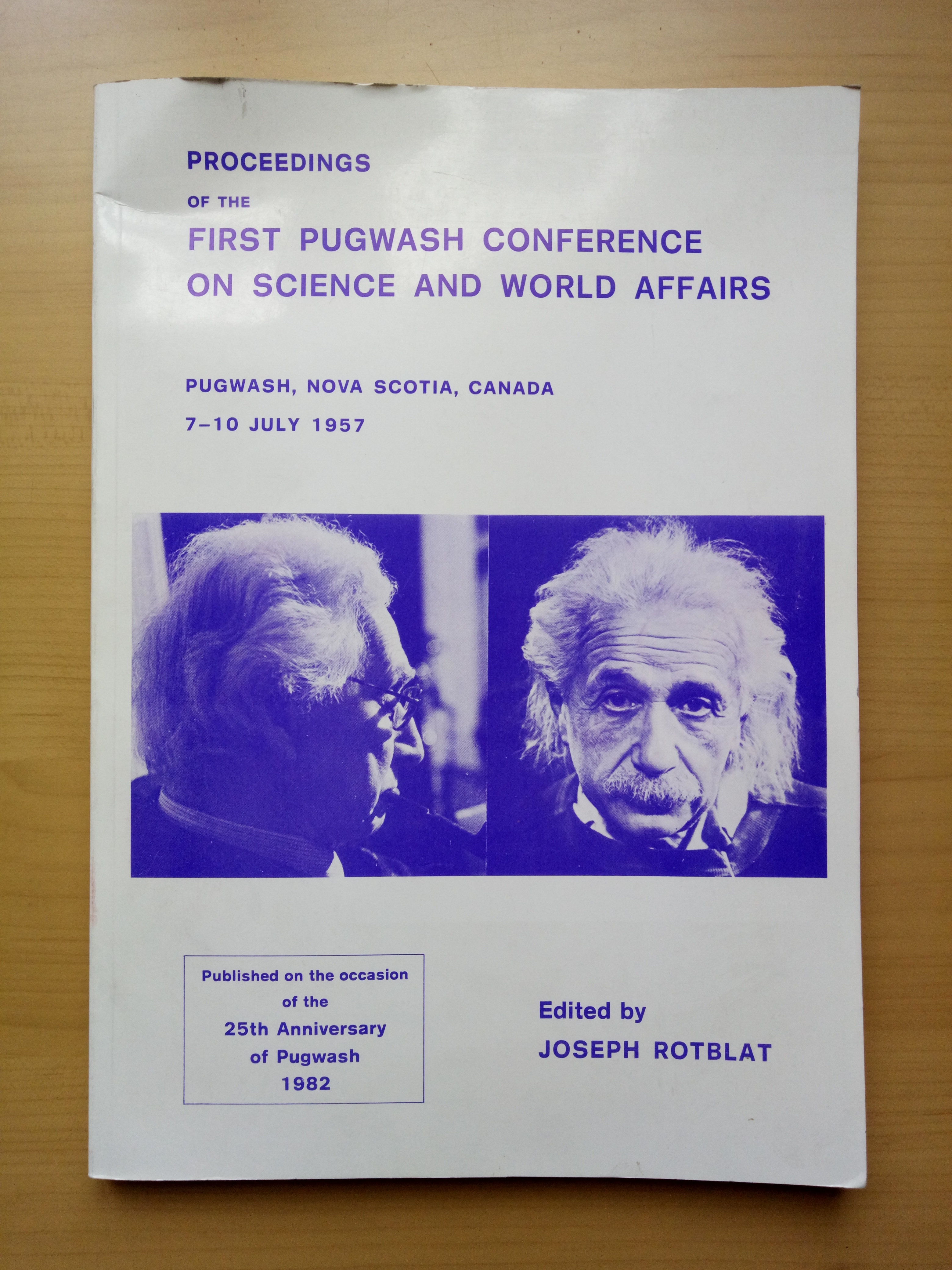

 Rotblat, Joseph, ur. Proceeding of the First Pugwash Conference on Science and World Affairs: Pugwash, Nova Scotia, Canada, 7-10 July 1957, 1982. Knjiga
Rotblat, Joseph, ur. Proceeding of the First Pugwash Conference on Science and World Affairs: Pugwash, Nova Scotia, Canada, 7-10 July 1957, 1982. Knjiga
The Pugwash Conferences on Science and World Affairs (popularly called the Pugwash Movement) is an international organisation of scientists and intellectuals who advocate world peace. It has emerged as an international conference on science and global problems, and at the time it was “a significant international factor and channel of communication among scientists,” (Knapp, 1995, 71), primarily discussing the dangers of the development of nuclear weapons.
After each conference, the presented papers were published, but this was not the case with the first conference held in 1957. Only in 1982, on the twenty-fifth anniversary, were the proceedings published with all papers and almost all materials that were then discussed. The first conference was attended by 22 participants (of whom sixteen were physicists, two chemists, one biologist, two physicians and one lawyer) from ten countries (seven from the USA, three from the USSR, three from Japan, two from the United Kingdom, two from Canada, and one each from Australia, Austria, China, France and Poland) (Rotblat 1982, 11).
The first conference ended with a joint warning from scientists from all five countries that had or were developing nuclear weapons that the potential nuclear war would end as a “world catastrophe, with hundreds of millions people killed instantly, and hundreds of millions more dying in the aftermath” (Knapp 2013, 88-89). Croatian scientist Ivan Supek was the first man from Yugoslavia who joined the Pugwash Movement and promoted its ideas. At that time, due to plans on the possibility of developing a nuclear program, the Yugoslav authorities received the ideas of this anti-nuclear movement with scepticism. Thanks to Supek's advocacy, the Yugoslav public became aware of the movement and their activities.
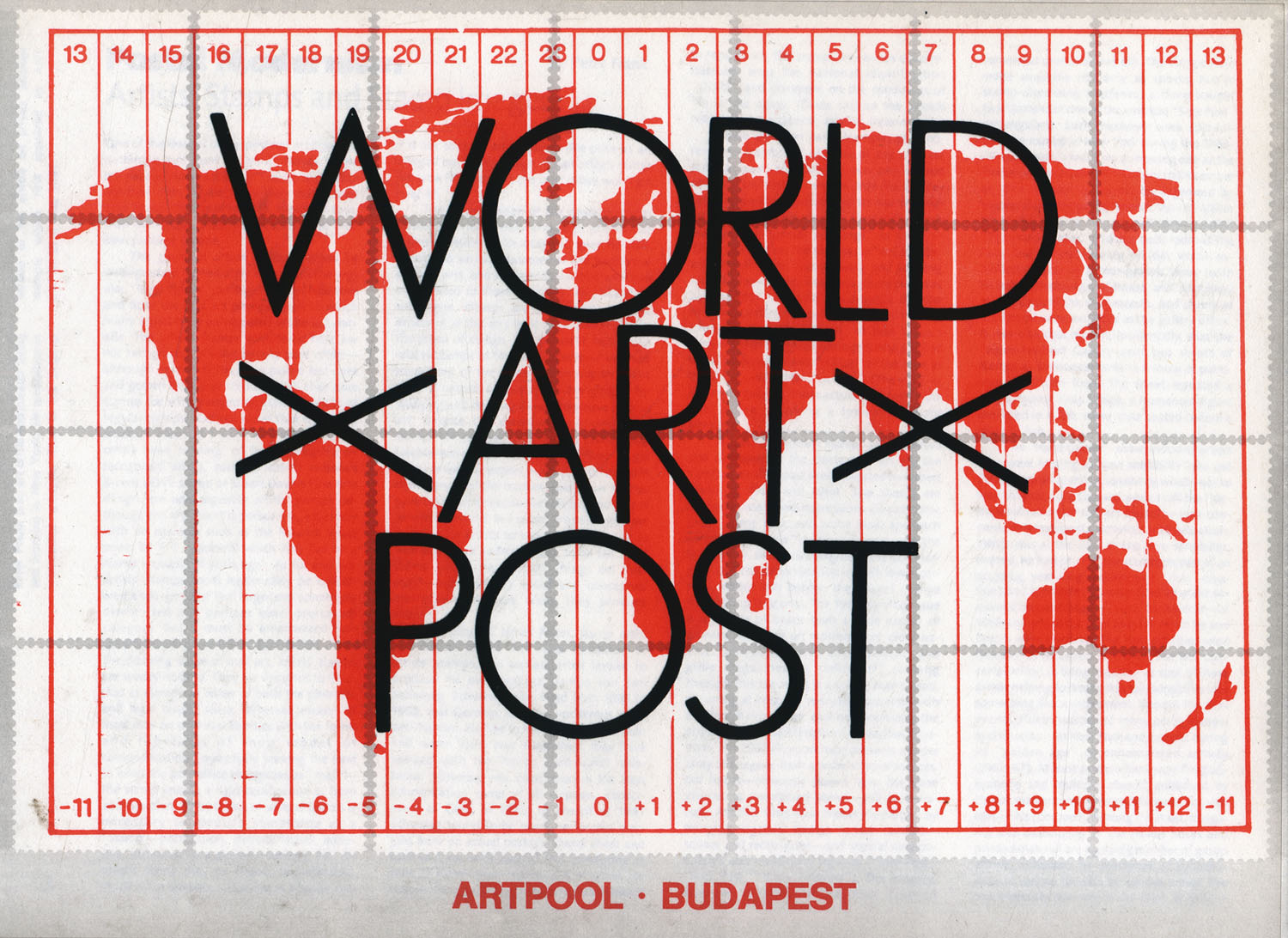

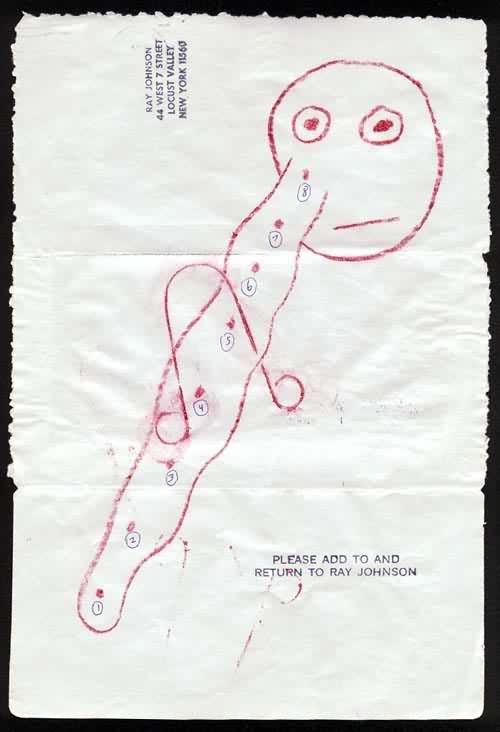

A project based on the extension of the correspondence with Ray Johnson
In July 1979, Artpool got Ray Johnson’s mailing address from Romano Peli in Parma. At first, they didn't get any replies to the letters they sent him.
In 1982, Ginny Lloyd, who knew Johnson personally, was visiting Artpool and found it strange that Ray hadn’t answered the letters. Galántai then decided to make one last try with a postcard action: he made twenty postcard-collages and mailed them one after the other over the course of twenty days.
An answer arrived soon. The first was a “send to” letter with drawings, asking that the person who had received the reply send it to Wally Darnell in Saudi Arabia. The drawing or the letter? The request wasn’t clear to Galántai, so he decided not to deliver the letter passively, but instead to become a part of the action, so he photocopied the drawing.
There were four numbered Fan Club stamps on the drawing with four distinctive “bunnies.” He decided to rearrange them to allow for further additions.
A new decision was made. For the upcoming “Artpool’s Ray Johnson Space,” he decided to invent a background institution, the “Buda Ray University” (modelled on the Buddha University).
Copies were made of the modified drawing and then sent to all of Artpool’s mail connections and then back to Ray Johnson.
October 13, 1982 - Johnson mailed the second drawing with the “add to” stamp on it.
November 3, 1982 - Johnson mailed the third drawing.
December 22, 1982 - A letter arrived referring to the second drawing with the inscription “Thank you for all your communications” and a Dora Maar Fan club stamp. The year came to a close with a letter with a Yoko Ono Bunny stamp.
September 28, 1983 - the fourth drawing’s inscription “Thank you for your” refers to the former letter (after nine months) and continues with “send to Peter Below,” and the drawing: a duck in a cloud with the inscription DUCK CLOSE and with a ballpoint pen OH BOYS ALWAYS THE SAME STYLE.
The Buda Ray University gained more and more participants through the continuous posting of the first four letters. The University published a book in 1985 which contained a selection of the letters which had been received up to that time.
February 13, 1986 - Johnson mailed the fifth drawing “BILL de KOONING'S BICYCLE SEAT,” which arrived enclosed with a catalogue of the Nassau Museum, in exchange for the Ray Johnson Artpool Book.
The fifth drawing was the most successful. Many replies came within a short period of time. There were too many replies to include in a single a book, so Artpool had to use another form of publication: the exhibition.
Artpool’s Ray Johnson Space was shown 14 times in 8 different countries between 1986 and 1993, either as part of other events or sometimes as an independent program.
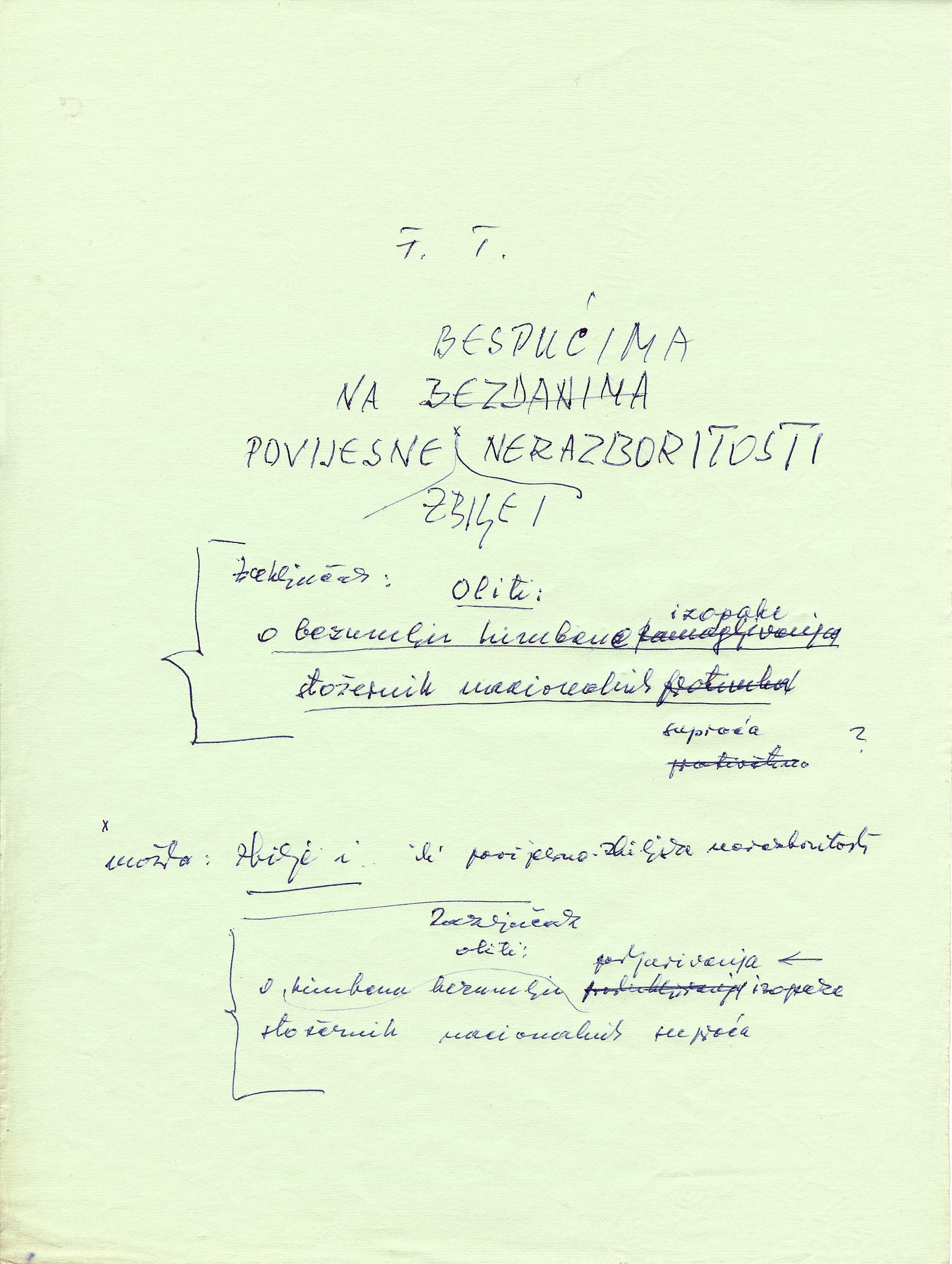

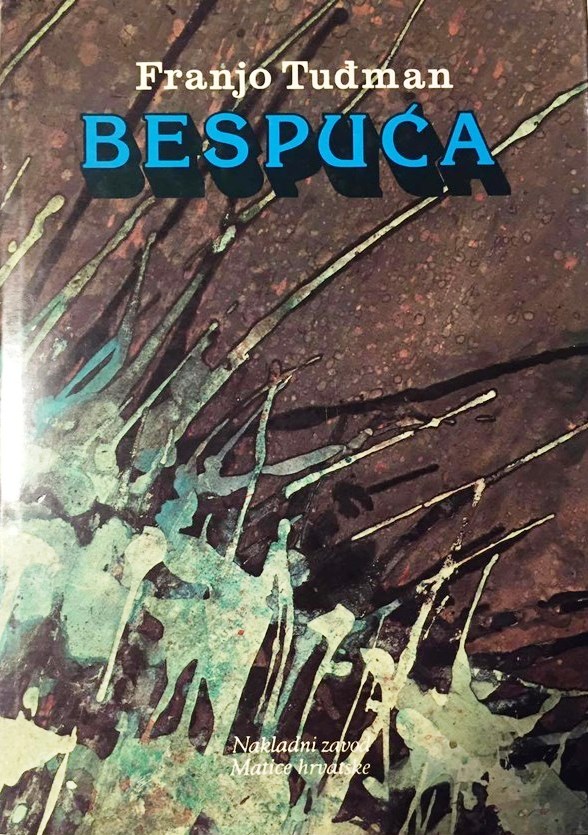
 Tuđman, Franjo. Draft of the title page of the book Horrors of War: Historical Reality and Philosophy, in Croatian, 1988. Manuscript
Tuđman, Franjo. Draft of the title page of the book Horrors of War: Historical Reality and Philosophy, in Croatian, 1988. Manuscript
One of the best known books by Franjo Tuđman, Bespuća povijesne zbiljnosti: rasprava o povijesti i filozofiji zlosilja (Horrors of War: Historical Reality and Philosophy) was published in mid-1989, but the manuscript was completed in February 1988. Tuđman unsuccessfully attempted to publish the book in Croatia for a year and a half. Without the approval of the Central Committee of the League of Communists of Croatia, it was difficult to find a publisher who would have the courage to publish the book, which dealt with a topic for which Tuđman had been prosecuted by the regime twice. Finally, Marija Peakić-Mikuljan, director of the Matica hrvatska publishing house, took the risk. But even when the book was printed in June 1989, an order from the top of the communist regime in Croatia came not to distribute it. Nevertheless, the unfolding political situation in 1989, in which the political authority of the League of Communists continually declined, opened the way for its distribution.
The focus of the book is the issue of victims of World War II. Tuđman tried to draw attention to the manipulations and forgeries which tended to multiply the numbers of Serbian victims and accuse the whole Croatian nation as genocidal and criminal (Jareb 2011, 305). Tuđman was one of the first historians who encouraged scholarly research into this problem in the mid-1960s. In the book, he also shows how and why his efforts were impeded, and how he was later marginalised and imprisoned. The book represents an outline of his previous research and papers on the issue of victimhood. Tuđman opposed the so-called Jasenovac myth – the one-sided approach and multiplication of the number of casualties, especially of Serbian victims. Tuđman described the origin of the myth which was, in his view, “used (...) as a direct foundation for the theory of the genocidal character of any expression of Croatian identity” (Tuđman 1989, 120). Tuđman exhibited consistency in fighting against unscholarly approaches and exaggeration of the number of victims because he was also critical of the so-called Bleiburg myth. He rejected similar exaggerations of the number of victims killed by the communist authorities in 1945 (the so-called Bleiburg tragedy) that are popular in the Croatian diaspora.


Ferenc Kálmándy, a photo artist from the underground milieu in Pécs, was prompted by the Budapest underground rock band Trabant to shoot a photographic series entitled “Too Late to Run Away, Shameful to Stay” in 1982. The composition, which consists of six pictures, captures visually the paradoxical scenery of movement posed by János Vető’s rhymes. The slow, hesitating movement of objects (in reality, people) set on the scene and the halting movement of bodies suggest the absolute futility of the paradox occurrence symbolized in the song or, perhaps, any occurrence, so it represents the rule of melancholic spleen typical of the oeuvre of Trabant. Both running away and staying are reduced to a series of actions which suggests hollowness and superfluity: the blurred movement of the body and human figures symbolize this state and a meaning of life associated with it.
This work reveals Kálmándy’s desire to link his work to contemporary photo art genres and underground cultural scenes. The figures in the photograph are director of cartoons Károly Papp (who at the time worked together with Ferenc Kálmándy for the Gallery of Pécs) and architect János Rauschenberger. Rauschenberger also worked as a stage designer, and he served as the editor of the periodical Bercsényi 28-30 between 1978 and 1980. The journal was the theoretical forum of the Bercsényi Architecture College of the Budapest University of Technology between 1963 and 1988. Alongside articles on architecture, it also published writings on underground music and arts. Its previous issues are available at bercsényi2830.hu.


A project based on the extension of the correspondence with Ray Johnson
In July of 1979, Artpool got Ray Johnson's mail address from Romano Peli in Parma. At first, they didn't get any replies to the letters they sent him.
In 1982, Ginny Lloyd, who knew Johnson personally, was visiting Artpool and found it strange that Ray hadn’t answered the letters. Galántai then decided to make one last try with a postcard action: he made twenty postcard-collages and mailed them one after the other over the course of twenty days.
The answer arrived soon, the first “send to” letter with drawings, asking that they send it to Wally Darnell in Saudi Arabia. The drawing or the letter? The request wasn’t clear to him, so he decided not to deliver the letter passively, but instead to become a part of the action, so he photocopied the drawing.
There were four numbered Fan Club stamps on the drawing, with four characteristic “bunnies.” He decided to rearrange them to allow for further additions.
A new decision was made. For the upcoming “Artpool's Ray Johnson Space,” he decided to invent a background institution, the “Buda Ray University” (modelled on the Buddha University).
Copies were made of the modified drawing and then sent first to all of Artpool’s mail connections and then back to Ray Johnson.
October 13, 1982 - Johnson mailed the second drawing with the “add to” stamp on it.
November 3, 1982 - Johnson mailed the third drawing.
December 22, 1982 - A letter arrived, referring to the second drawing with the inscription “Thank you for all your communications” and a Dora Maar Fan club stamp, and finally, a letter with a Yoko Ono Bunny stamp closed the year.
September 28, 1983 - the fourth drawing's inscription “Thank you for yaur” refers to the former letter (after nine months), and continues with “send to Peter Below,” and the drawing: a duck in a cloud with the inscription DUCK CLOSE and with a ball-point pen OH BOYS ALWAYS THE SAME STYLE.
The Buda Ray University gained more and more participants through the continuous posting of the first four letters. The University published a book in 1985 that contained a selection of the letters that had been received up to that time.
February 13, 1986 - Johnson mailed the fifth drawing “BILL de KOONING'S BICYCLE SEAT” which arrived enclosed with a catalogue of the Nassau Museum, in exchange for the Ray Johnson Artpool Book.
The fifth drawing was the most successful. Many replies came within a short period of time. There were too many replies to include in a single a book, so Artpool had to use another form of publication: the exhibition.
The Artpool's Ray Johnson Space was shown 14 times in 8 different countries between 1986 and 1993, either as part of other events or sometimes as an independent program.
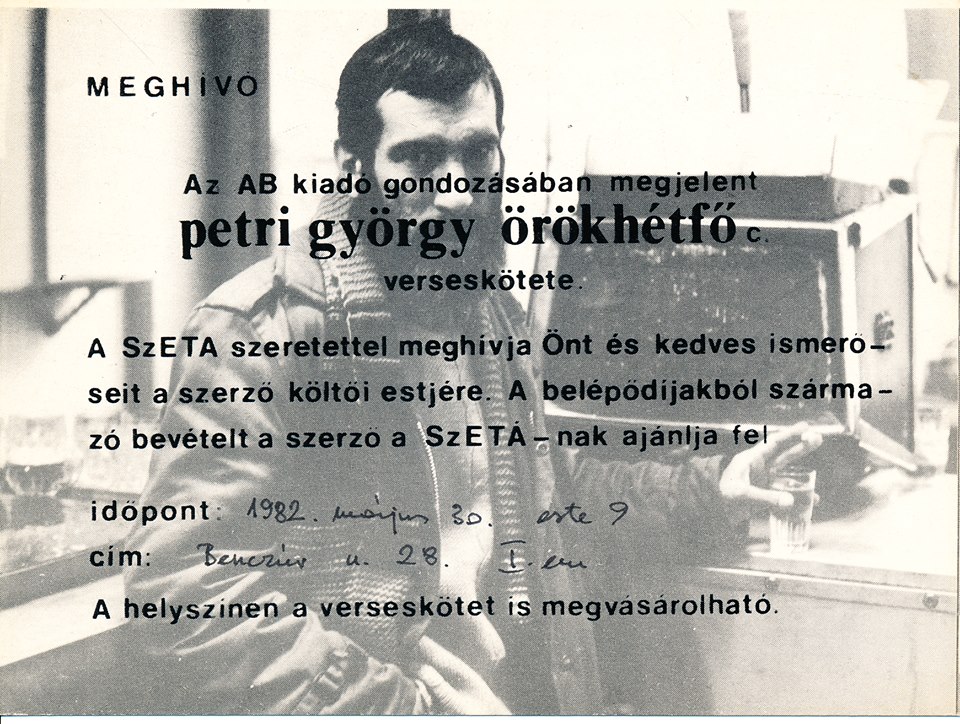

 Invitation card to the samizdat book-launch of AB Independent Publisher: 'Ever-Mondays' by György Petri, 1982. Printout
Invitation card to the samizdat book-launch of AB Independent Publisher: 'Ever-Mondays' by György Petri, 1982. Printout
This single page invitation card to the AB Independent Publisher’s poetry book launch of “Ever-Mondays,” by György Petri, on the 30th of May 1982 in Budapest, is a rare and revealing early document of the Hungarian dissident movement.
“Fund for Aiding the Poor” (SZETA) just debuted a year before, and the most influential periodical of Hungarian democratic opposition Beszélő (Speaker), together with the AB Independent Publisher, was established less than half a year later, in late 1981.
In fact, the author himself, poet and philosopher György Petri, was also a founding editor of Beszélő, and an active supporter of SZETA. It was a small miracle when he offered the income from his book sales entirely for the relief activities of SZETA; it was printed on the invitation card that his book, which had been rejected for years by state publishers, would be available uncensored, and could be purchased at the event.
All these reflect upon the engagement of independent actions: the radical claim for both political and cultural freedom together with the still challenging, new activism for social justice and solidarity.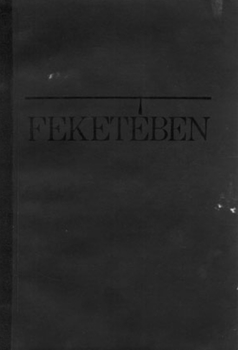

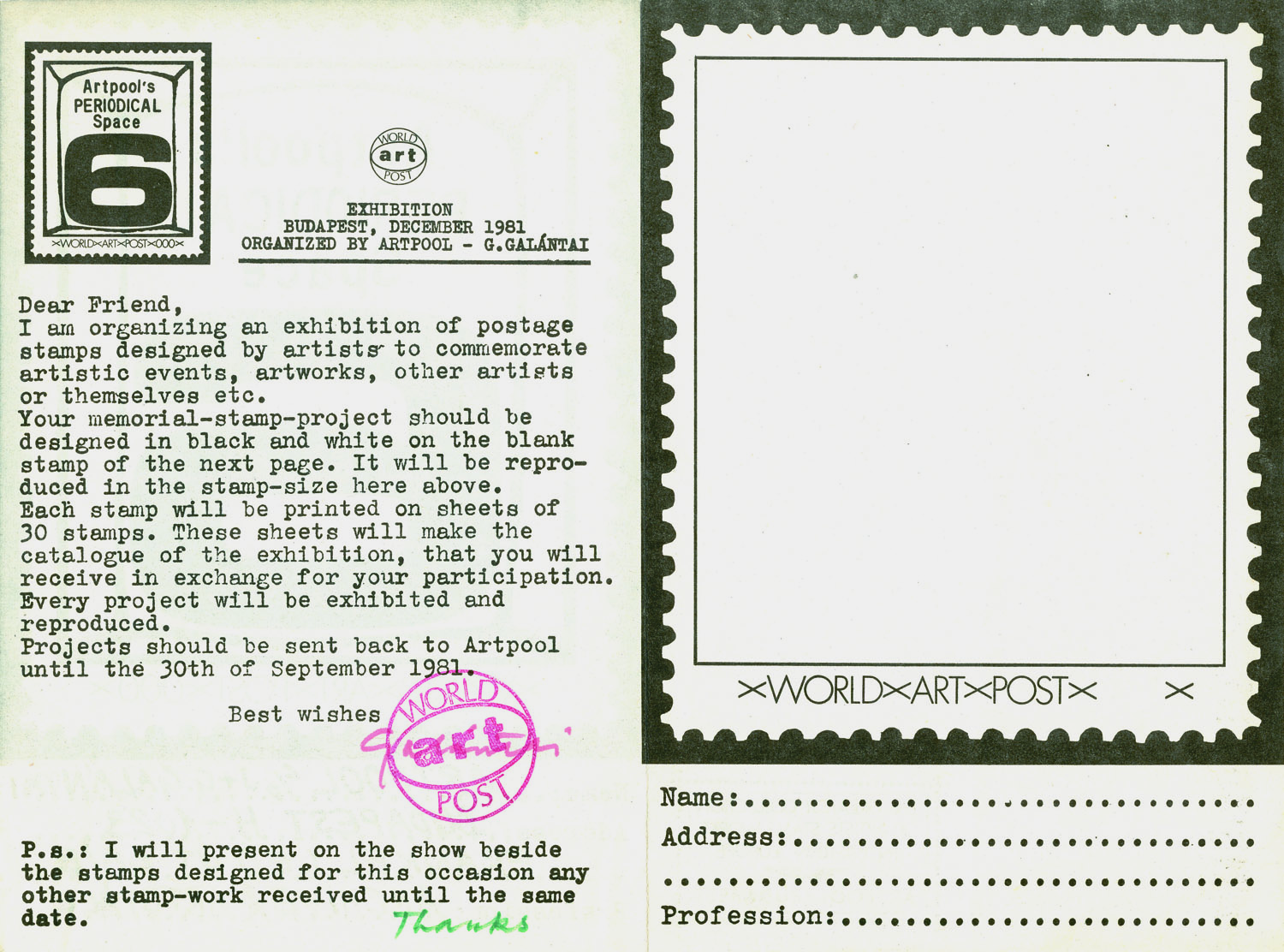

The greater part of the exhibition consisted of the commemorative stamp designs made by 550 artists from 35 countries at the call of György Galántai, who had been organizing the project for two years and thus was establishing Artpool’s artistamp collection. Accompanying the exhibition held at the Fészek Klub, an artists’ book catalogue was published containing related theoretical texts and 27 stamp sheets with the 756 stamp images sent in response to the call.
György Galántai “directed” Stamp Film in the Balázs Béla Stúdió using images from the World Art Post exhibition material. He added soundworks by the networkers. The mainstream periodical Élet és Irodalom published a selection of the Hungarian participants’ stamp designs. The exhibition and the catalogue met with a good international response. During their 1982 Artpool's Art Tour, Galántai and Klaniczay “handed out” copies of the catalogue to their artist colleagues, and they received important publications in exchange. The Canadian pioneer of the artistamp genre, Mike Bidner, contacted Artpool upon purchasing a copy of the catalogue. He invited the Stamp Film for the Artistampex organized by him in Canada, 1984. Before his death, he donated his collection of thousands of artistamps to Artpool.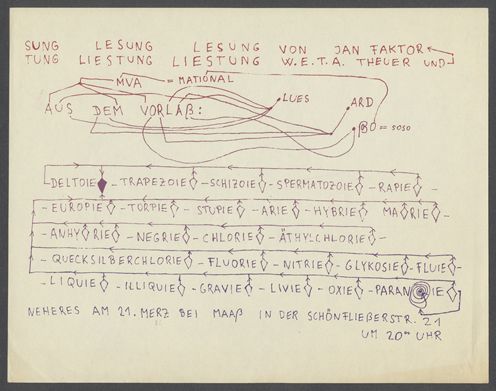



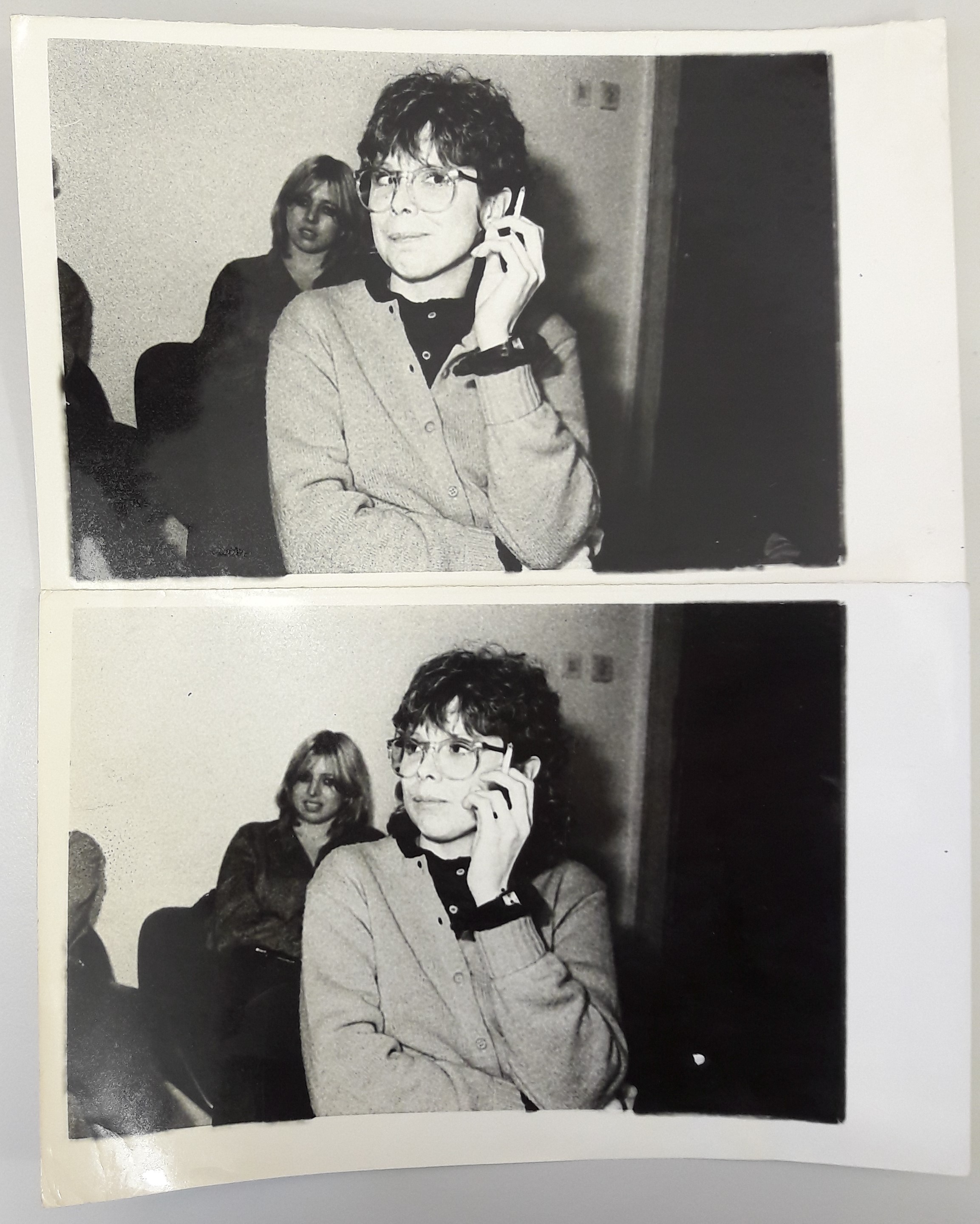

Lydia Sklevicky approached the "women’s question" primarily from the scholarly but also from the popular science position, and in a way that she was active in the print media and in public forums held in the Yugoslav centres of the new feminist movement - Belgrade, Zagreb and Ljubljana.
Two photographs of Lydia Sklevicky attending the forum about female/ale relations in the Student Cultural Centre (SKUC) in Belgrade were taken by the photographer Dragan Papić on January 7, 1982, while on January 16, 1982, Belgrade's Omladinski list published an article by Snežana Bogavac, “Satisfied, oppressed women,” which stated that in Yugoslavia there is no serious research into the status of women (because in the scholarly circles this topic is "bypassed and marginalized"), and accordingly forums such as the one in SKUC have no significant impact. Despite the defeatist attitude of the article’s author, Sklevicky continued to advocate, at the forum in Belgrade and in her other work, for the presence of the "women’s question" in the public focus and its concrete resolution in the terms of obtaining the rights guaranteed to the women by the SFRY Constitution.
The two mentioned photographs of Lydia Sklevicky and the article from the Omladinski list are kept in the Sklevicky Feminist Collection.
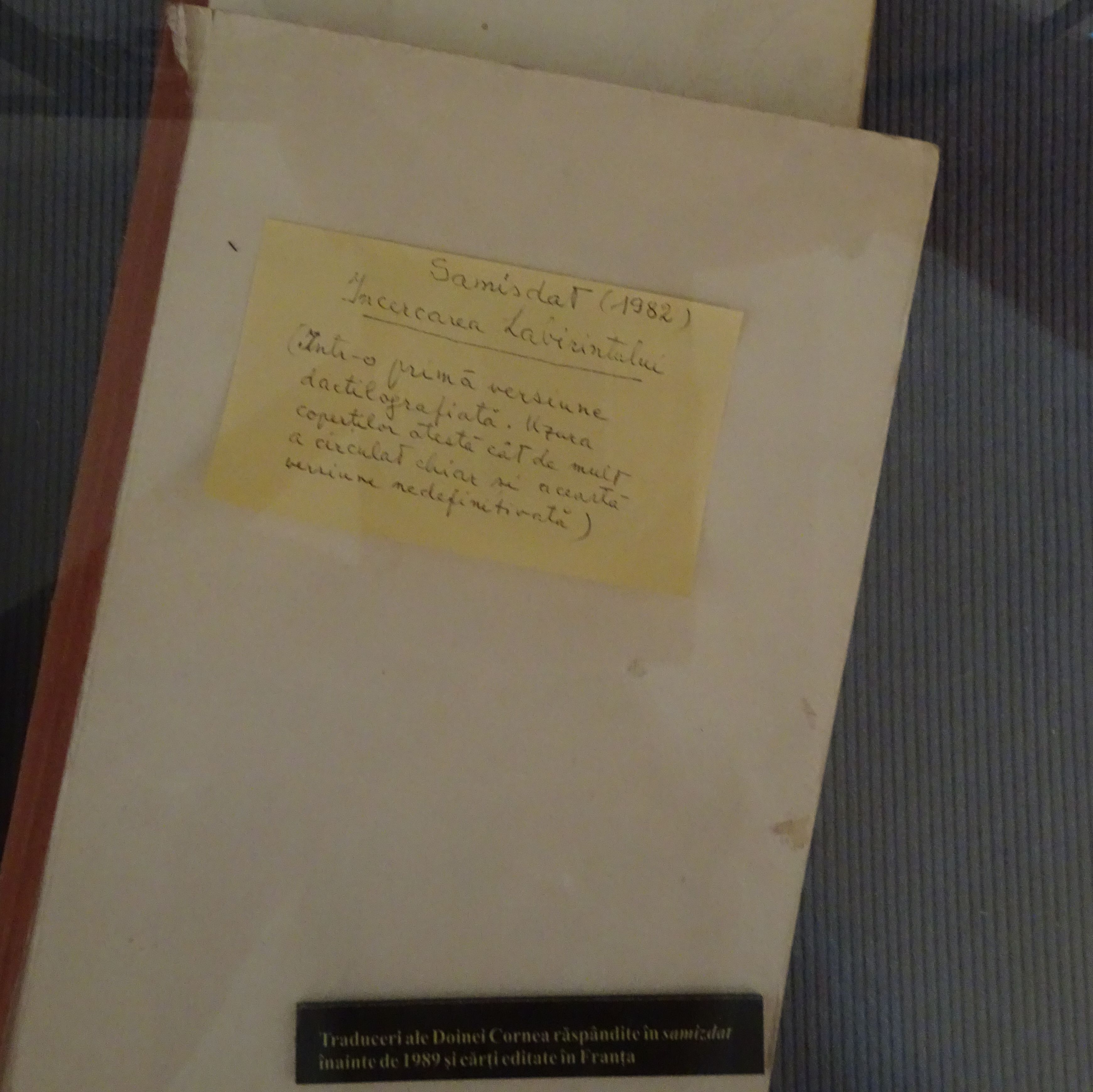

 Eliade, Mircea. Ordeal by labyrinth, translation by Doina Cornea (in Romanian), samizdat issue, 1982
Eliade, Mircea. Ordeal by labyrinth, translation by Doina Cornea (in Romanian), samizdat issue, 1982
Mircea Eliades’s L'Épreuve du labyrinth: Entretiens avec Claude-Henri Rocquet (Ordeal by labyrinth: Conversations with Claude-Henri Rocquet) is the first book which Doina Cornea translated in 1982 in order to circulate it in communist Romania as a samizdat issue. The book found its way to Romania with the help of Doina Cornea’s daughter, Ariadna Combes, who had earlier taken advantage of a trip to France to emigrate. Using informal channels, she managed to send her mother many books that were not available in Romania. Among them, there was Mircea Eliades’s L'Épreuve du labyrinth, which had been published in 1978 (C. Petrescu 2013, 308–309). A former member of a group of very gifted young intellectuals (the so-called generation of 1927), Mircea Eliade was a prolific writer whose political affinities had been with the Iron Guard, the extreme right political movement in interwar Romania. Due to his encyclopaedic erudition, which proved instrumental after his emigration, Eliade later became a renowned historian of religions in the United States and informally the most famous member of the Romanian diaspora. Although the communist regime tried to recuperate Eliade in order to use him as agent of influence in the West, he was still a taboo person as a refugee and former supporter of the Iron Guard.
As a lecturer in French language and literature at the University of Cluj-Napoca, Doina Cornea translated L'Épreuve du labyrinth into Romanian and used it in her classes without any official approval. As she mentioned in the forward of the post-communist edition of her samizdat translation of Eliade’s book, her motivation for selecting it as a teaching material was to offer a role model to her students: “The young reader, who is unfortunately used to certain patterns of thinking, will be amazed from the beginning by the freedom, the openness and the creativity in Eliade’s thinking” (Eliade 1990, 5). This initiative and the letter sent to Radio Free Europe (RFE) in which she criticized the state of education in Romania led to her ousting from the university in the autumn of 1982. Forced into early retirement, Doina Cornea had thus more spare time to use for her dissident activities (C. Petrescu 2013, 308–309).
One of her first dissident actions was to further refine the Romanian translation of Eliades’s L'Épreuve du labyrinth and add explanatory notes for a wider readership (Cornea 2006, 73), in order to transform this manuscript into a widely distributed samizdat publication. The process was time consuming and also entailed high personal risks for Doina Cornea. As she remembers, she started to type the translation on very thin pages in order to make up to six copies at once using carbon paper (Cornea 1990). At that time the possession of a typewriter was strictly controlled by the communist regime. Anyone who wanted to have one was legally compelled to obtain an authorisation from the Militia. If permission was granted, the owner had to provide the same Militia with a typeface sample of the machine so that its unique characteristics could be registered. Additionally, a sample of its typing was to be provided at the beginning of every year, and also every time the typewriter was repaired (C. Petrescu 2013, 296-297). This measure allowed the authorities to quickly identify and punish the authors of samizdat publications or other types of presumably hostile writings such as leaflets and letters sent to the Romanian authorities or foreign radio stations. It also served to discourage those people who might nurture the idea of producing and distributing these texts by drastically decreasing their chance of not being identified by the Romanian secret police, the Securitate.
Apart from the high personal risk resulting from her being quickly identifiable from the typeface sample of her typewrite, Doina Cornea’s decision to multiply the translation of Eliade’s book also entailed high financial costs. At that time all photocopying machines were state owned and their use was strictly monitored by the communist authorities, especially by the Securitate. Thus, in addition to the significant cost of multiplying the many pages of the translation, Cornea or those who helped her probably had to buy the goodwill of the operator(s) of the photocopier so that they would turn a blind eye to what was being copied. Because other intellectuals refused to help her, Doina Cornea had to rely on the support of her son and his friends and also on the aid of her former students. All of them gladly made a small monthly contribution to help her pay for the photocopying of the manuscript and they also got involved in the dissemination of its 100 copies (Cornea 1999, 14).
The content of this samizdat, Mircea Eliades’s L'Épreuve du labyrinth, is in fact a book-length interview in which the Romanian historian of religions speaks about his early life and his many formative experiences. He talks about his extensive and diverse reading, about his scholarly interests in Oriental studies and especially in the history of religions and mythologies, and about his dissertation in philosophy. A lengthy discussion is given to the meaning of his trip to India, where he learned more about Indian cultures and religions. Following the experience of this spiritual voyage, he wrote some of his well-known literary pieces, such as Maitreyi (published in English translation as Bengal Nights), Nights in Serampore, and Isabel and the Waters of the Devil. Also in India, Eliade admitted that he became interested in politics, and in means (violent and non-violent) of fighting politically against discrimination. Although Mircea Eliade speaks about his time in Romania before his emigration to the West in 1940, he deliberately avoids any mention of his involvement in the activity of the extreme right political party, the Iron Guard. The rest of the book is concerned with his period of exile in Paris and Chicago, and traces step by step his method of research in the history of religions. It aimed not only at rediscovering the archaic roots of the spirituality and the blending of the sacred and the profane in the everyday life, but also at underlining the symbiotic relation between spirituality, freedom, and culture. Consequently, in the context of the book, the labyrinth becomes synonymous for Eliade’s initiatory journey into the realm of spirituality that helped him rediscover the new real, reality, and thus opened a door towards personal freedom, fulfilment and self-knowledge. Related to this, Mircea Eliade underlines the role that intellectuals have or should have in the formation and preservation of national spirituality and explains why their role as guardians of spirituality is even more important under dictatorial regimes such as communist ones (Cornea 1990, 5–6).
Apart from the rationale of providing Romanian readers, especially young readers, with an incentive to work on themselves following Eliade’s example, Doina Cornea’s motives for translating his book-length interview into Romanian also reflect their similar opinions. Like Mircea Eliade, Doina Cornea believed that spirituality (and the rediscovery of religion) was the only way to gain personal freedom. As she pointed out in many of her letters sent to RFE or in the interviews she gave, Cornea considered culture and religion as the best weapons with which to fight against communism and to secure freedom from the constraints and misery of daily life in a non-democratic regime (Cornea 2006; Jurju 2017). The translation and dissemination of the book L'Épreuve du labyrinth as a samizdat reflected Doina Cornea’s decision to serve as a guardian of authentic spirituality for young intellectuals living under a communist regime, thus fulfilling the important role that Mircea Eliade defined in his dialogue with the French writer Claude-Henri Rocquet.
The Anonymous Mountaineer collection illustrates how a passion for the mountains and for climbing could become a passion for freedom. More precisely, the collection reflects a distinctive type of cultural opposition, practised by those with a passion for the mountains and for climbing. This sport permitted a temporary escape from the routine of life under communism into places where the communist regime effectively ceased to exist. At the same time, in the case of communist Romania there was also a second dimension of opposition, because climbing involved a connection with the parallel economy in order to procure the necessary technical equipment, which was not to be found in shops. The Anonymous Mountaineer collection preserves a great variety of climbing equipment that was either improvised by the owner of the collection or obtained on the black market, where such items were commercialised.
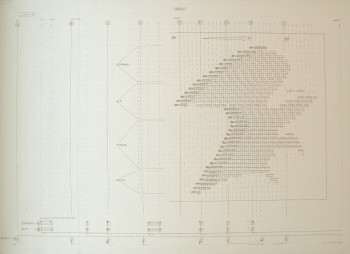

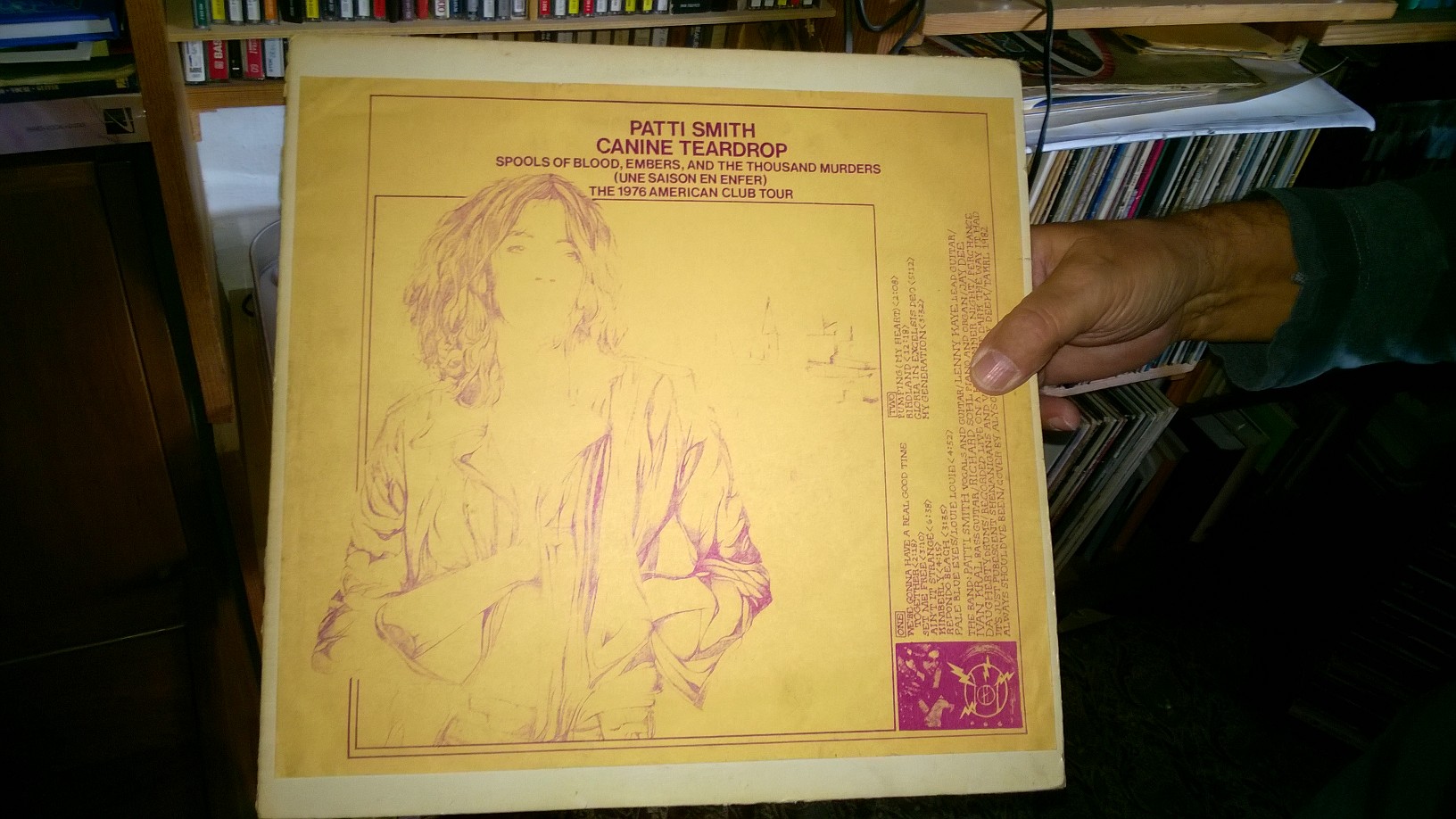

Gábor Klaniczay’s collection of vinyl LPs consists of albums released in the 1970s and 1980s, CDs, and tapes of concerts of music by Hungarian New Wave bands.
These records include some pirated discs, for example, Patti Smith’s Canine Teardrop (1982). This is an important item in Klaniczay’s music collection. He acquired it thanks to his trips abroad and his connections. This LP was banned in Hungary.